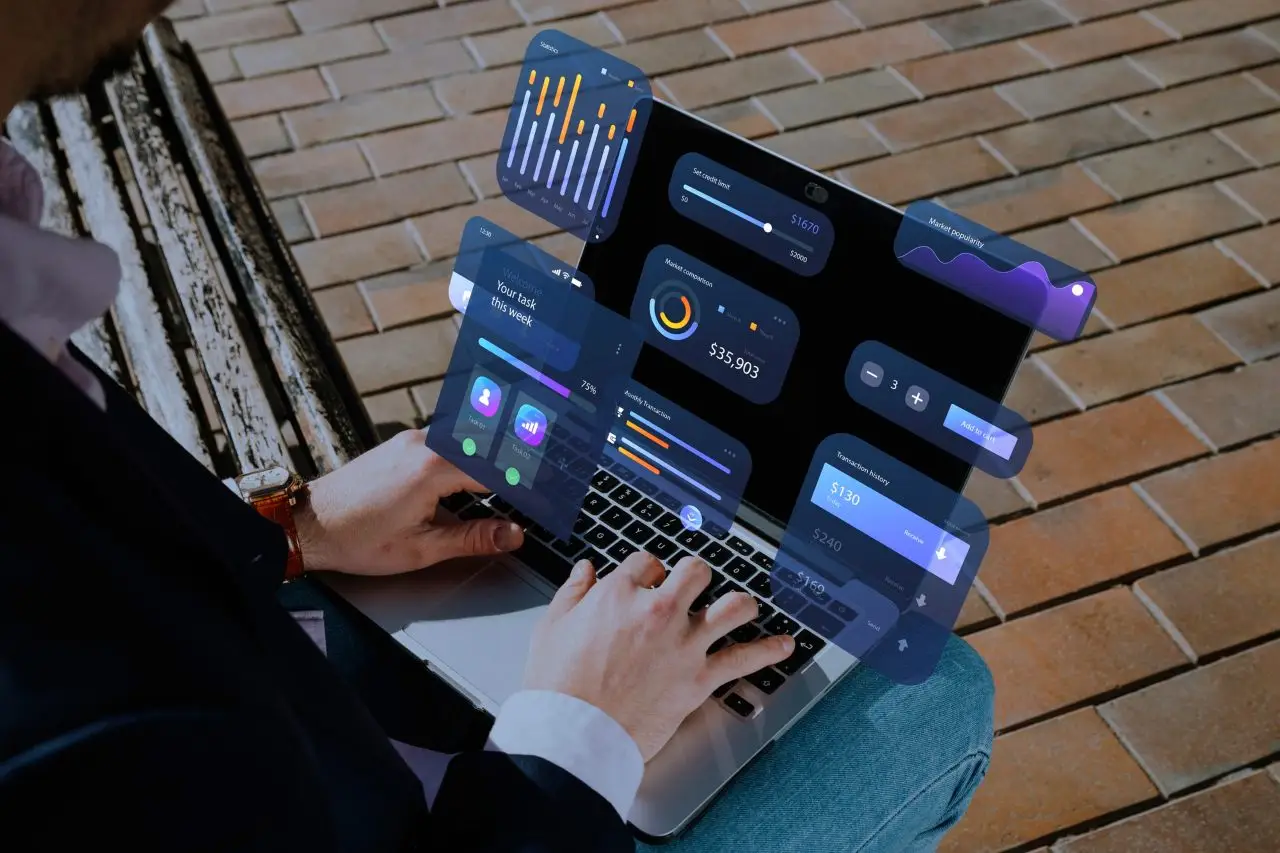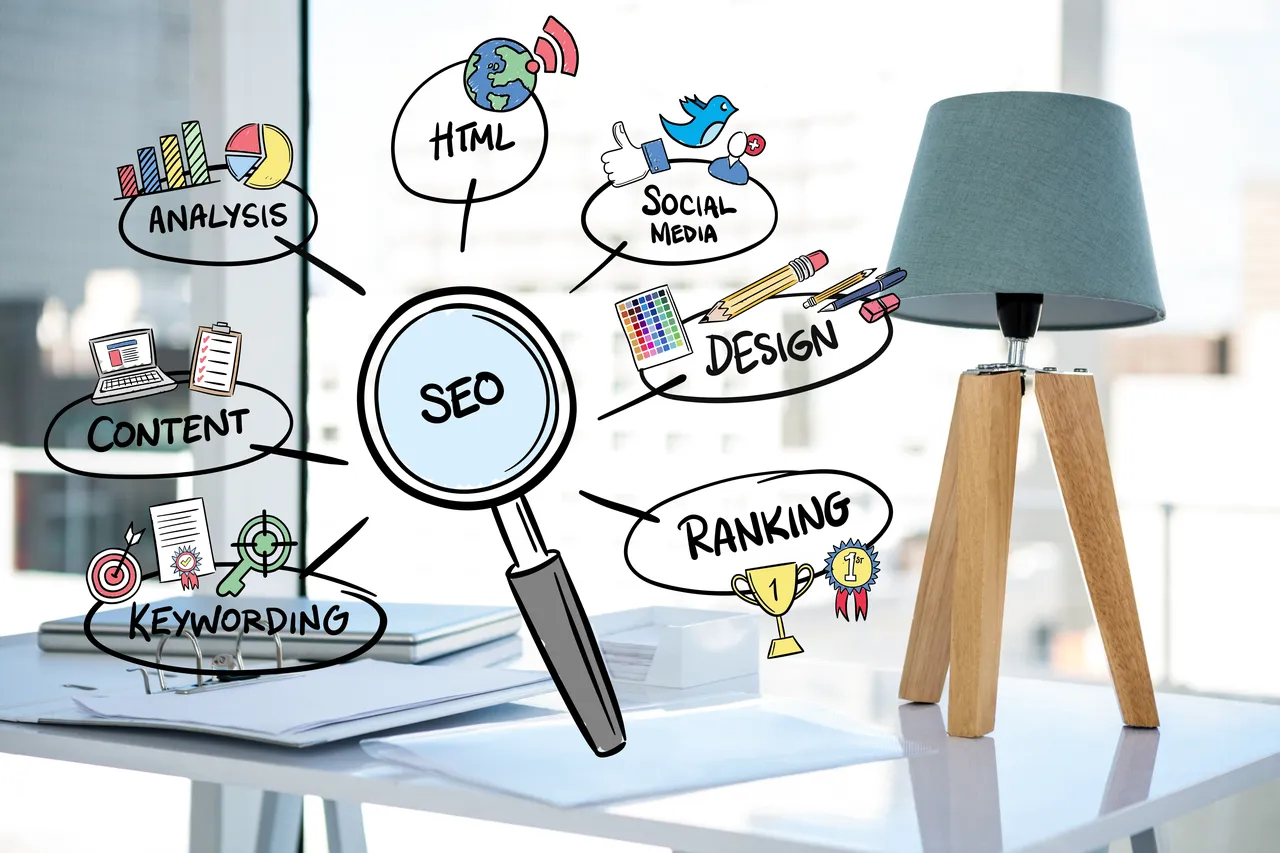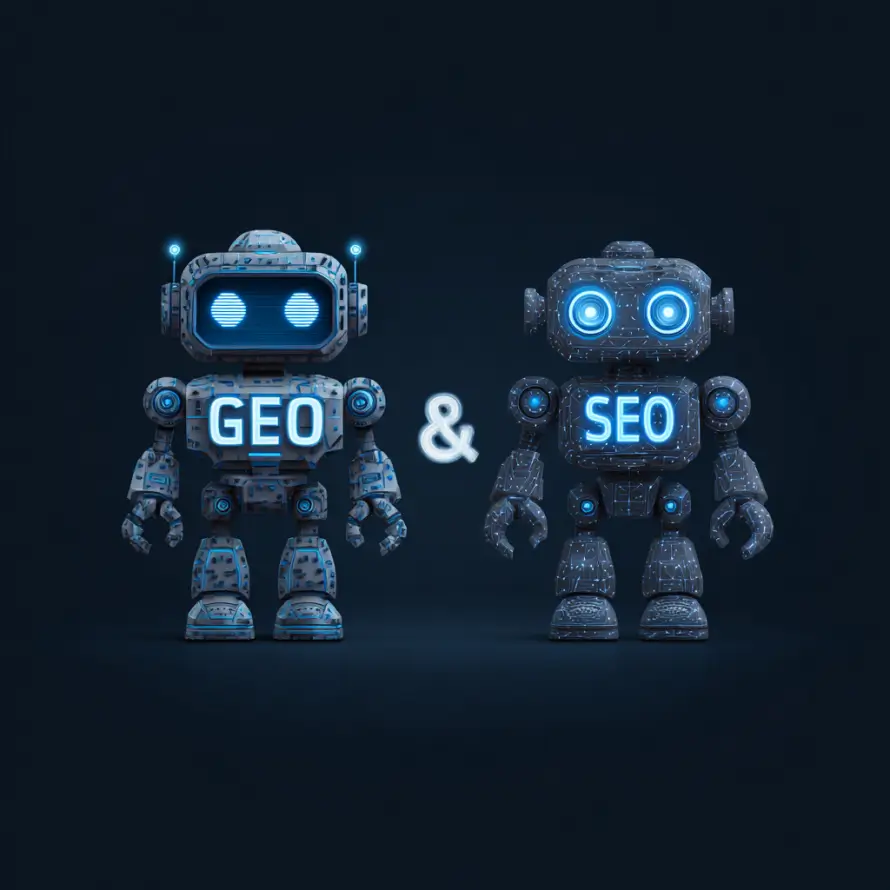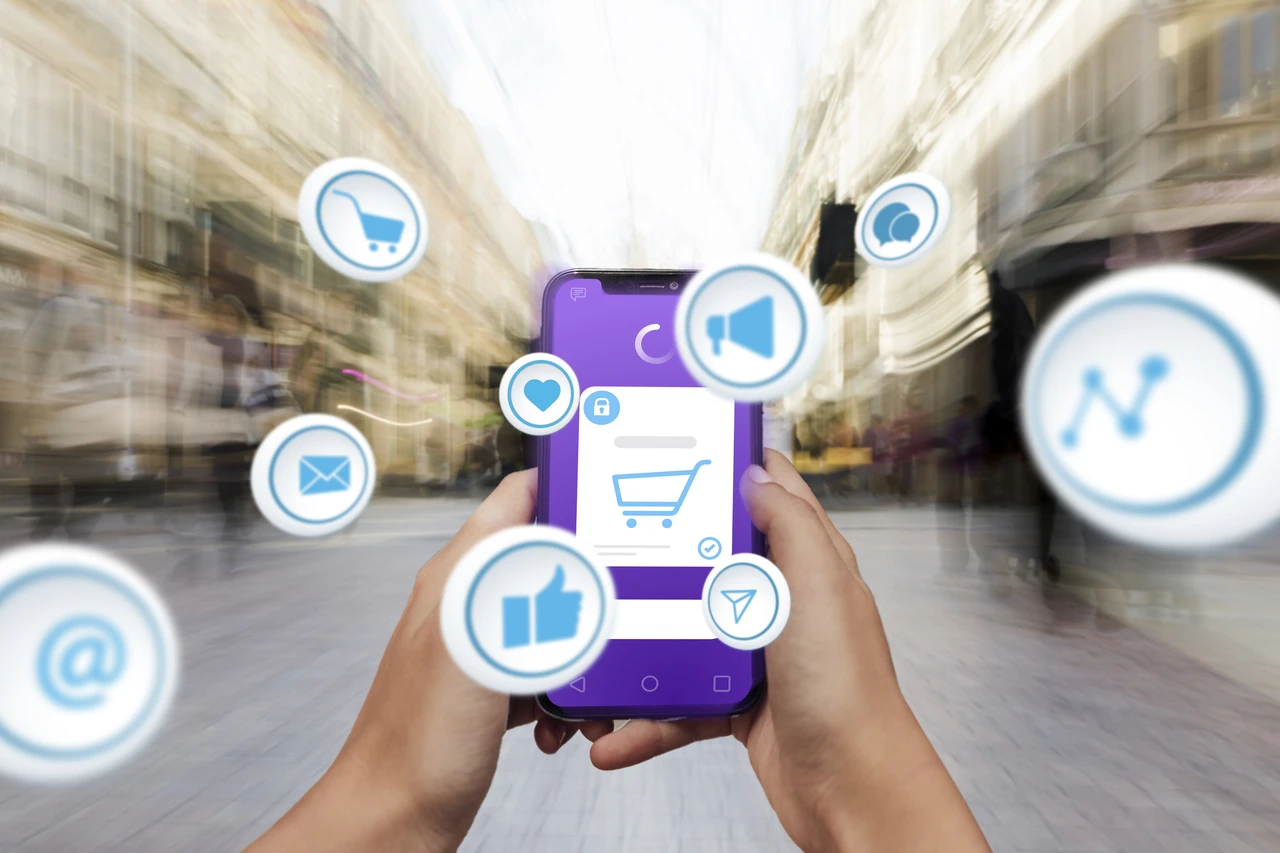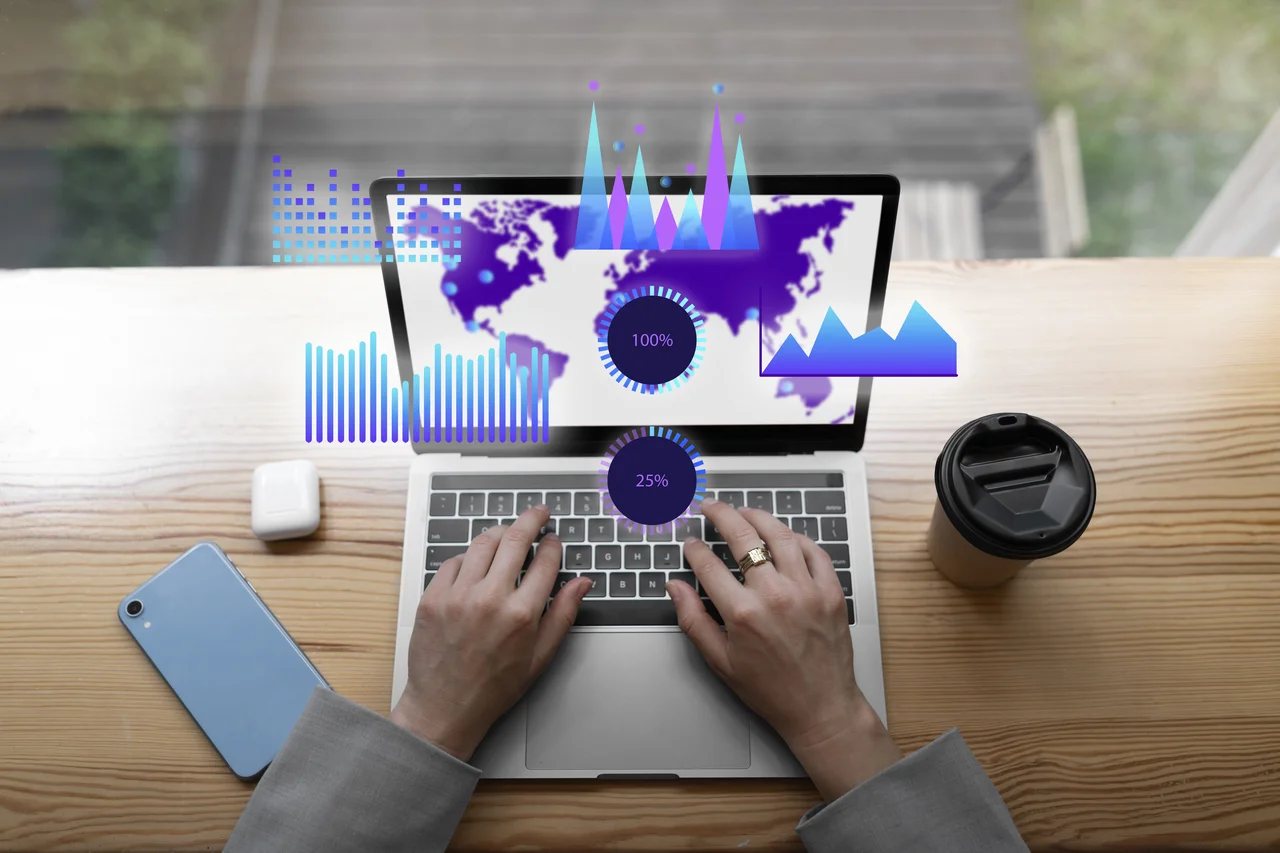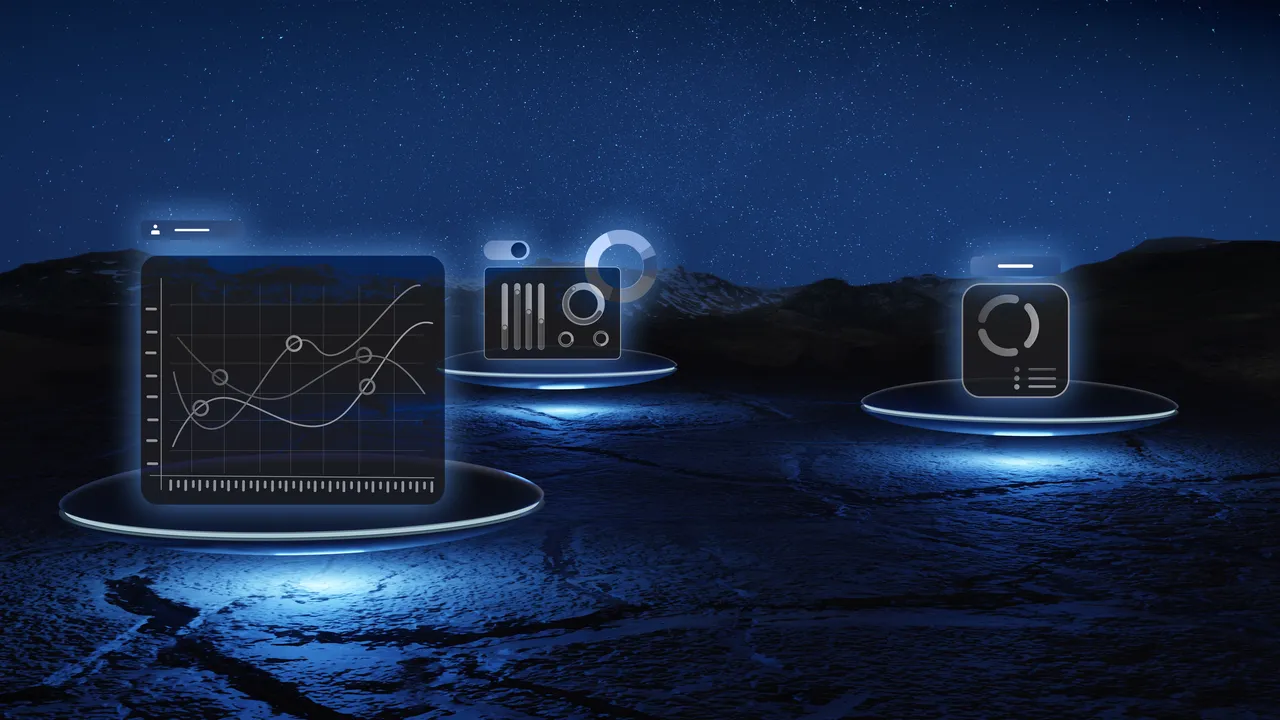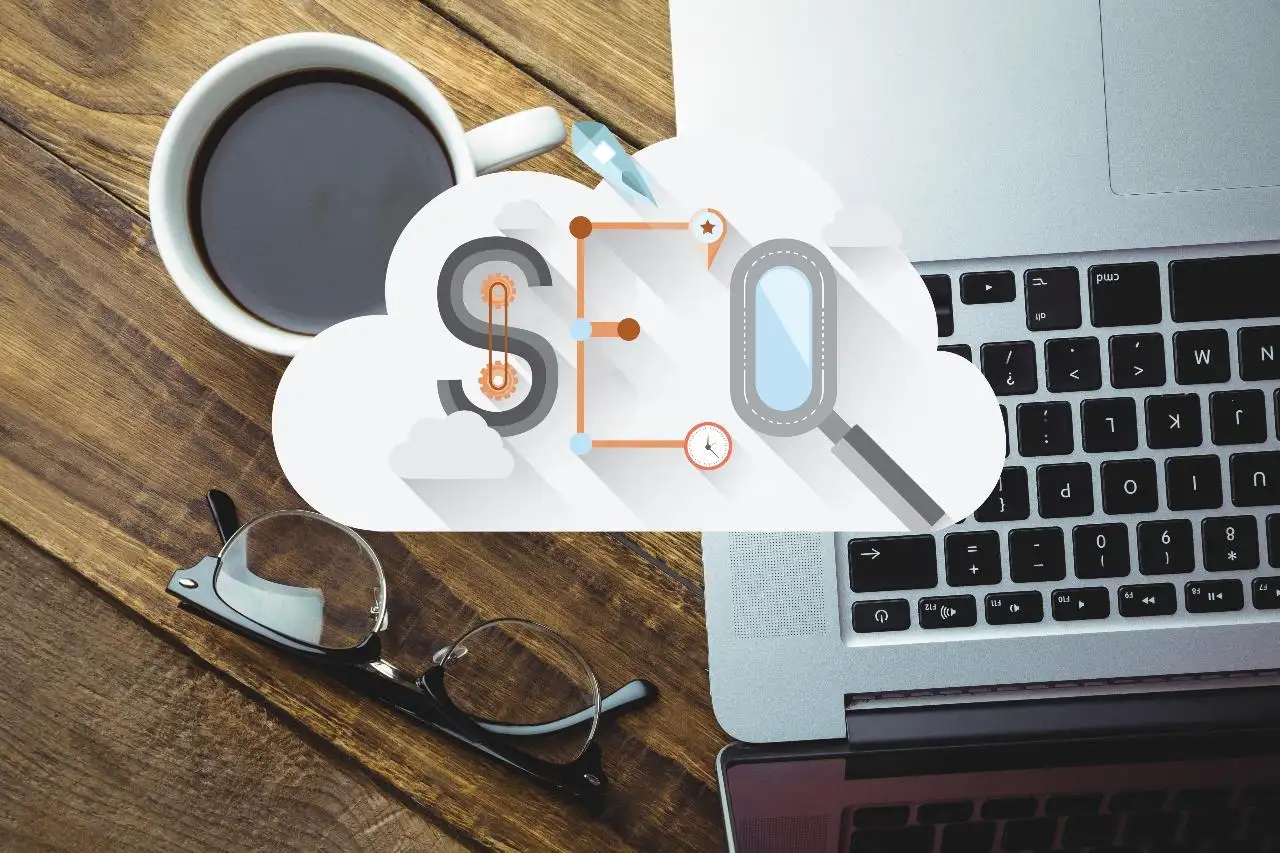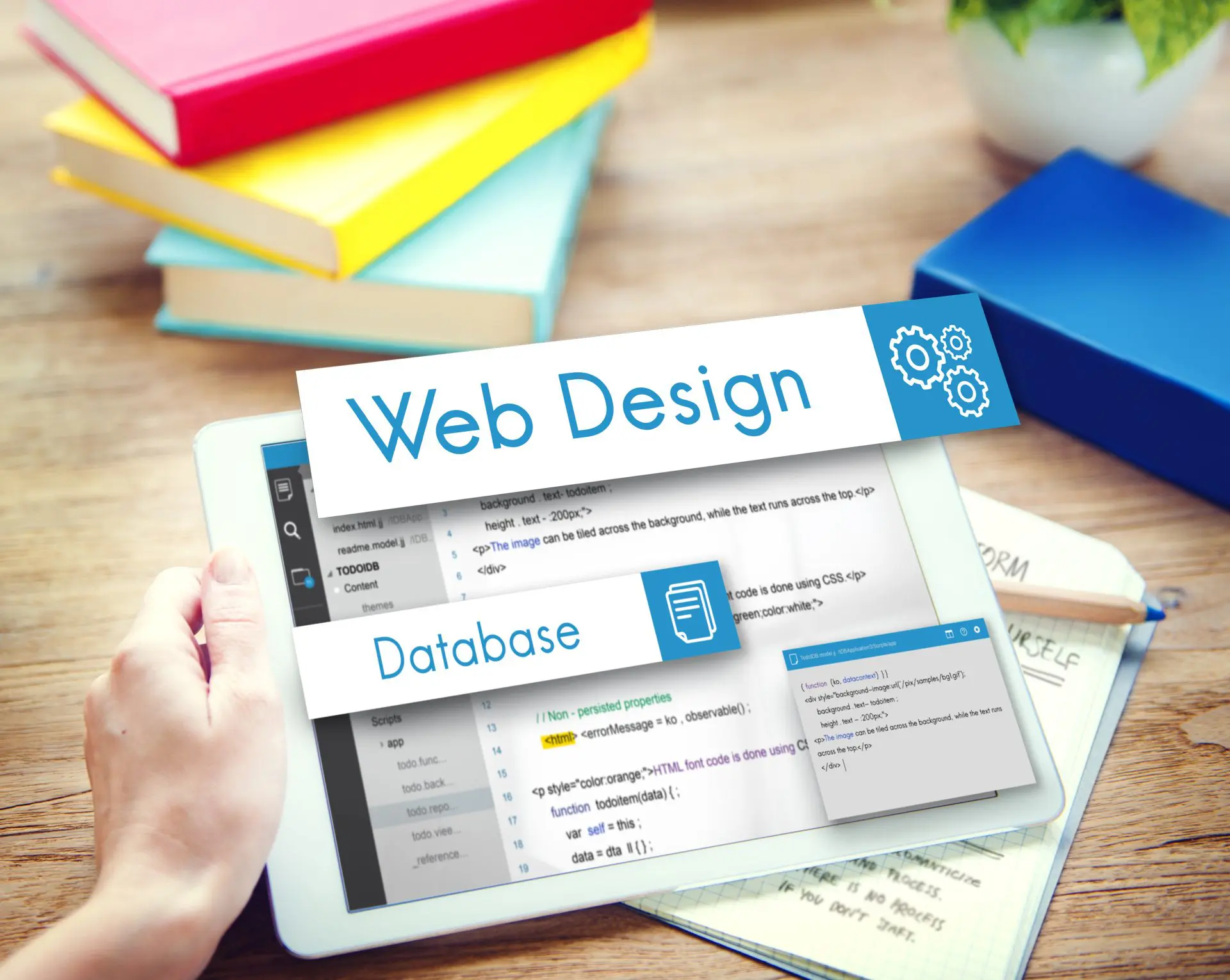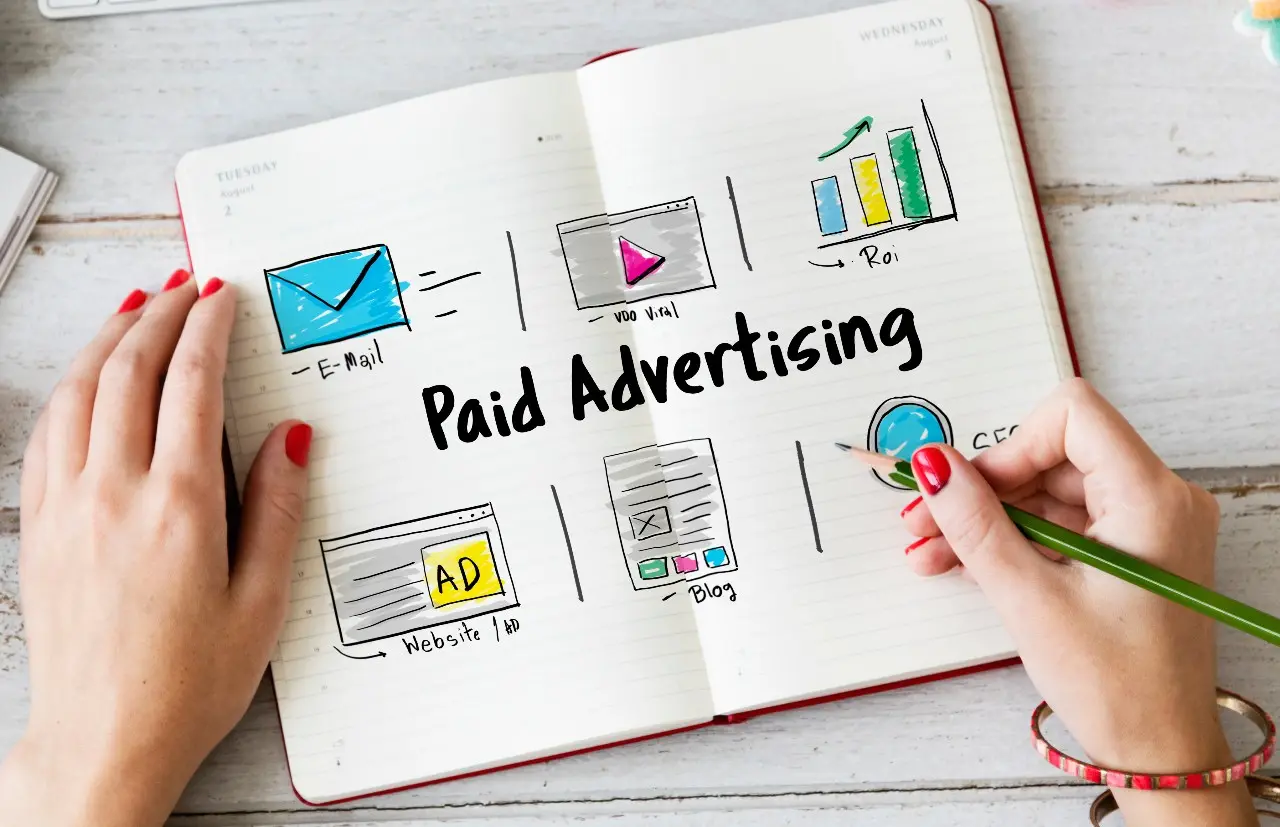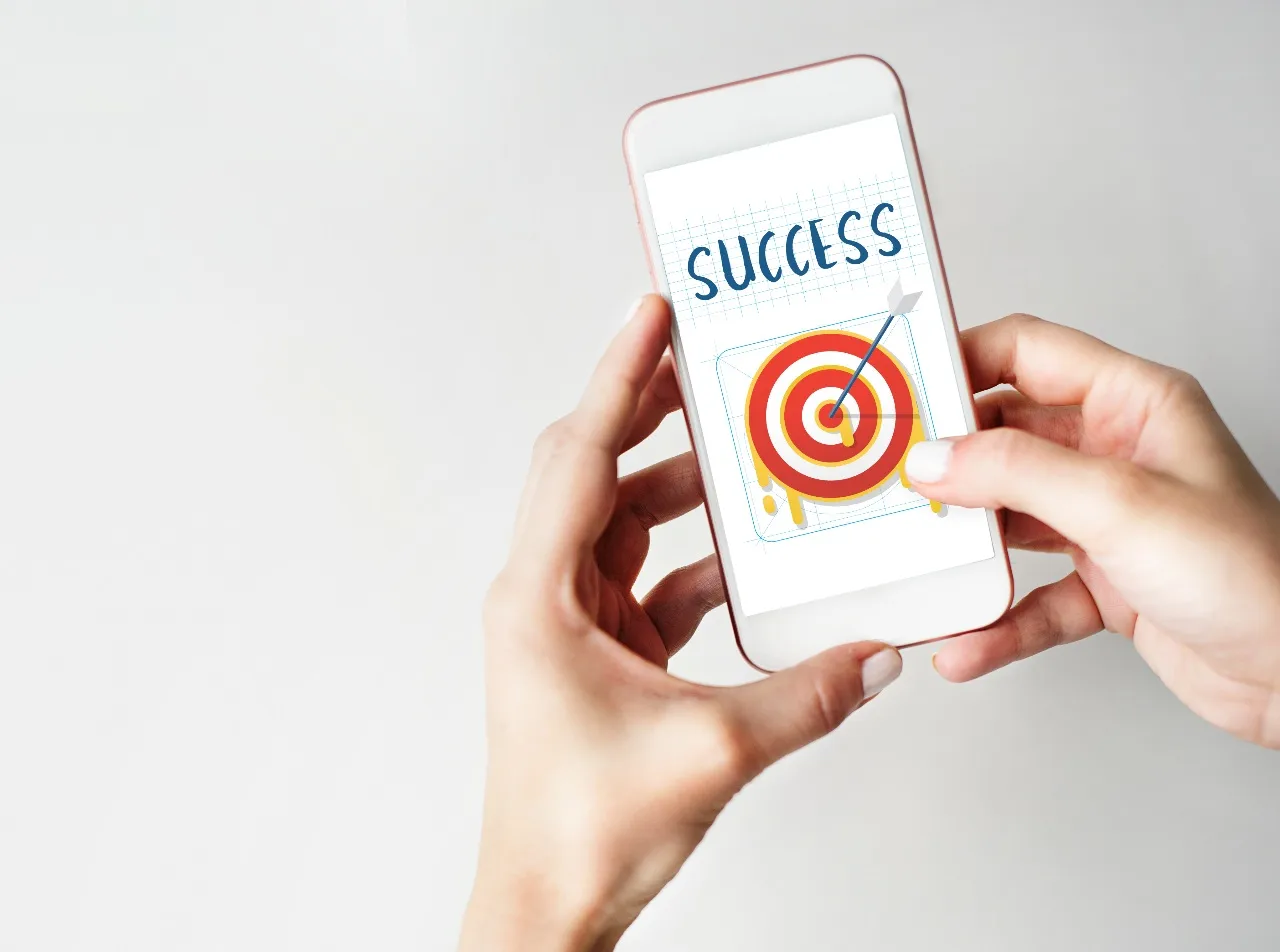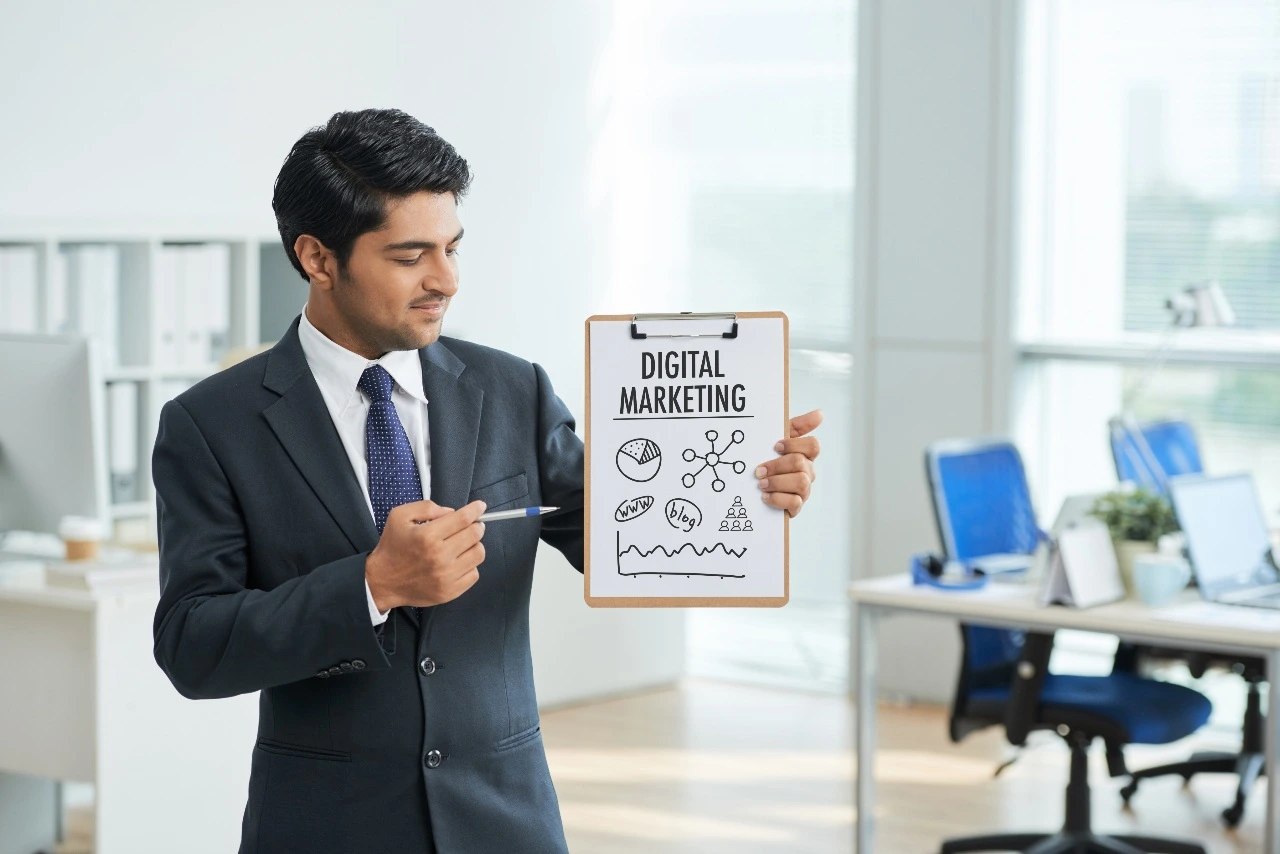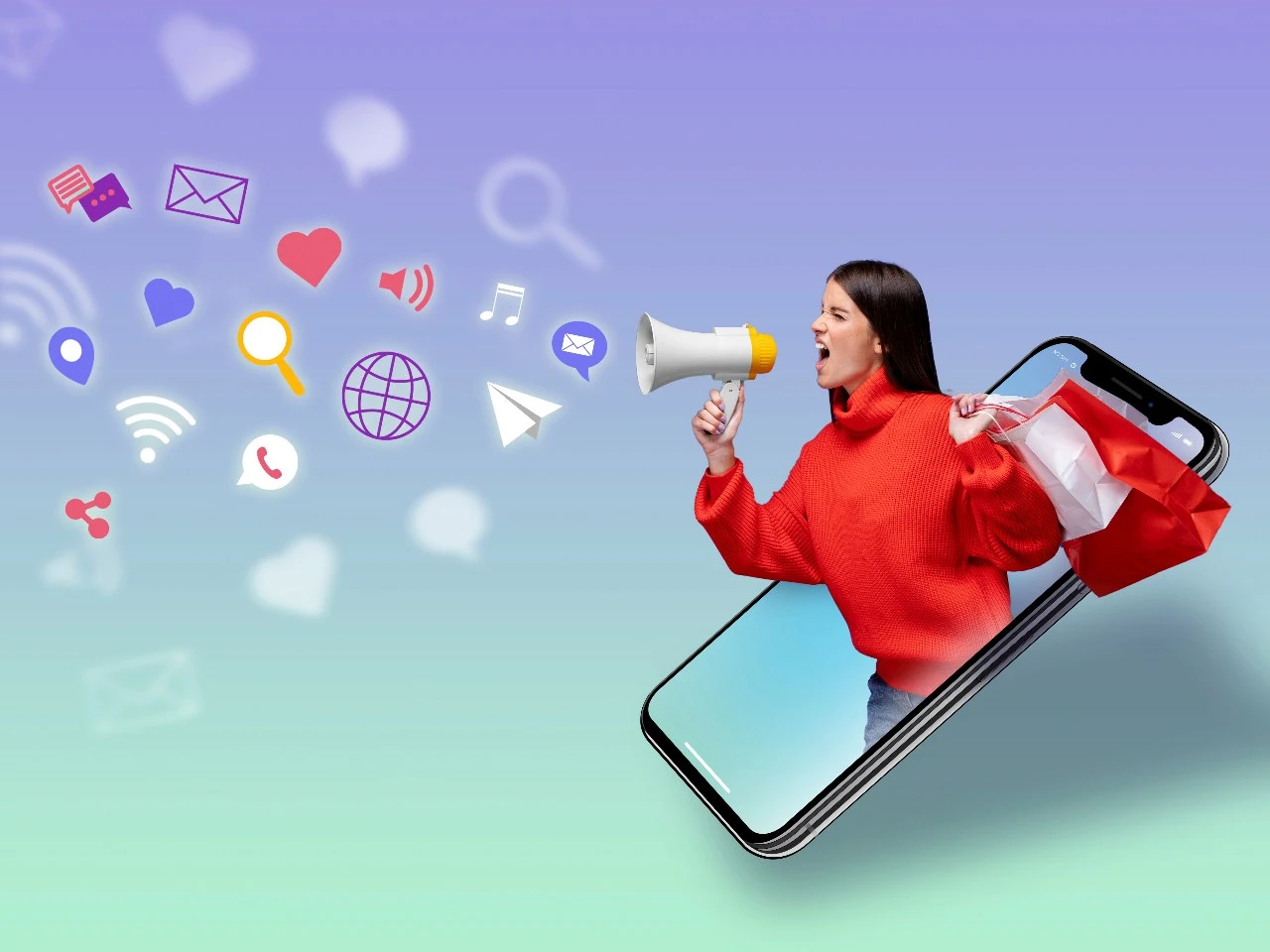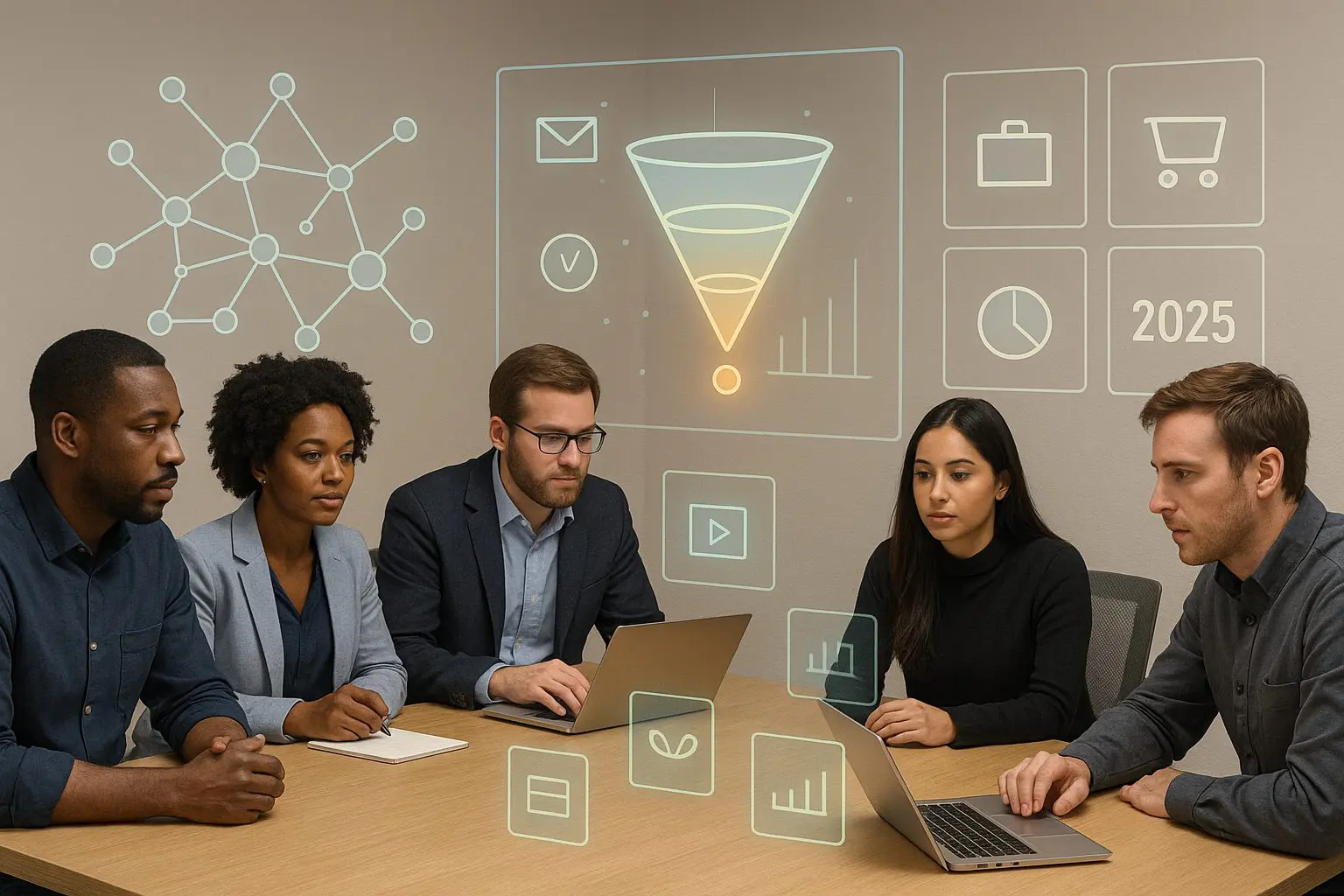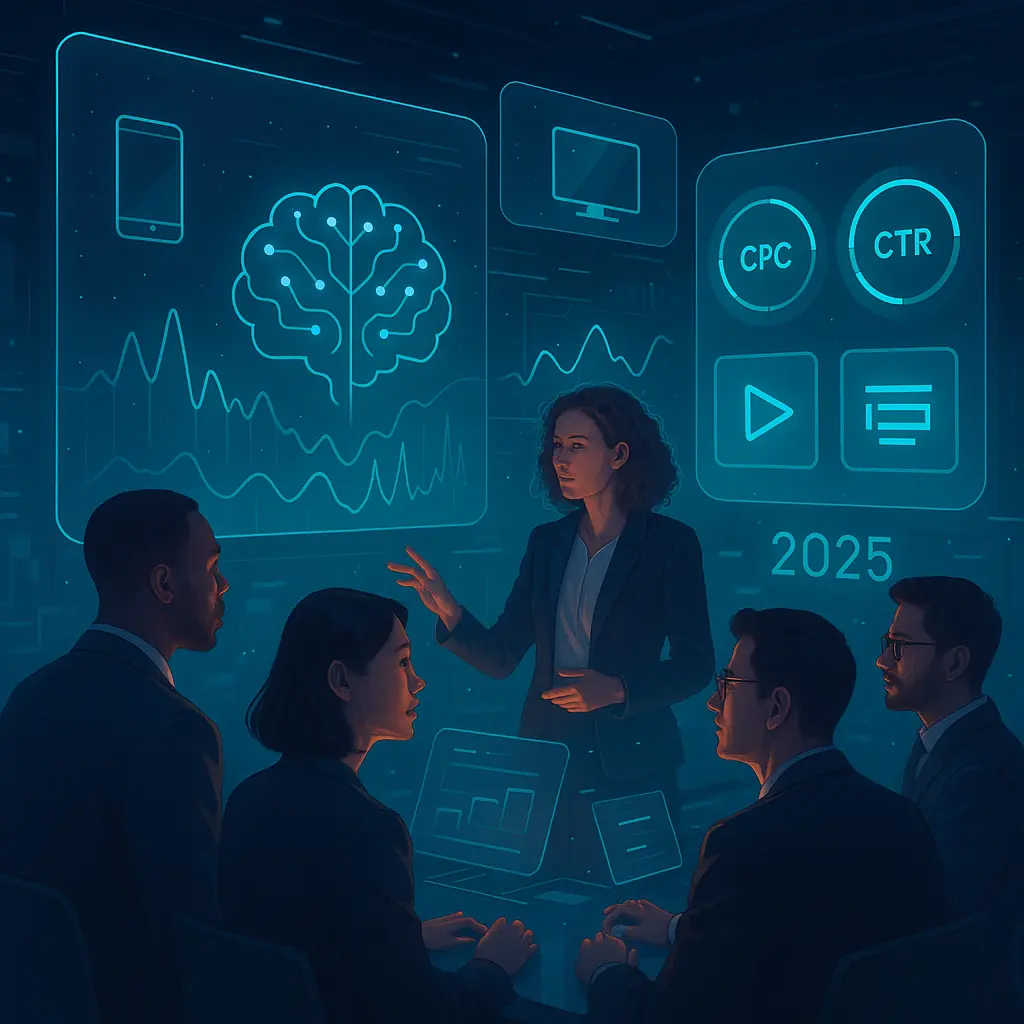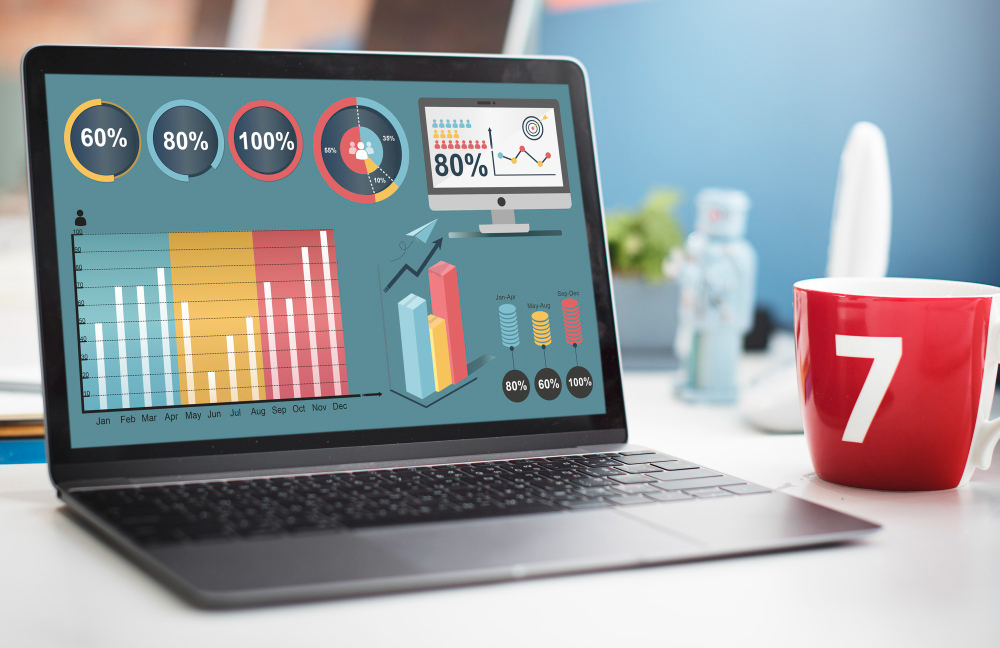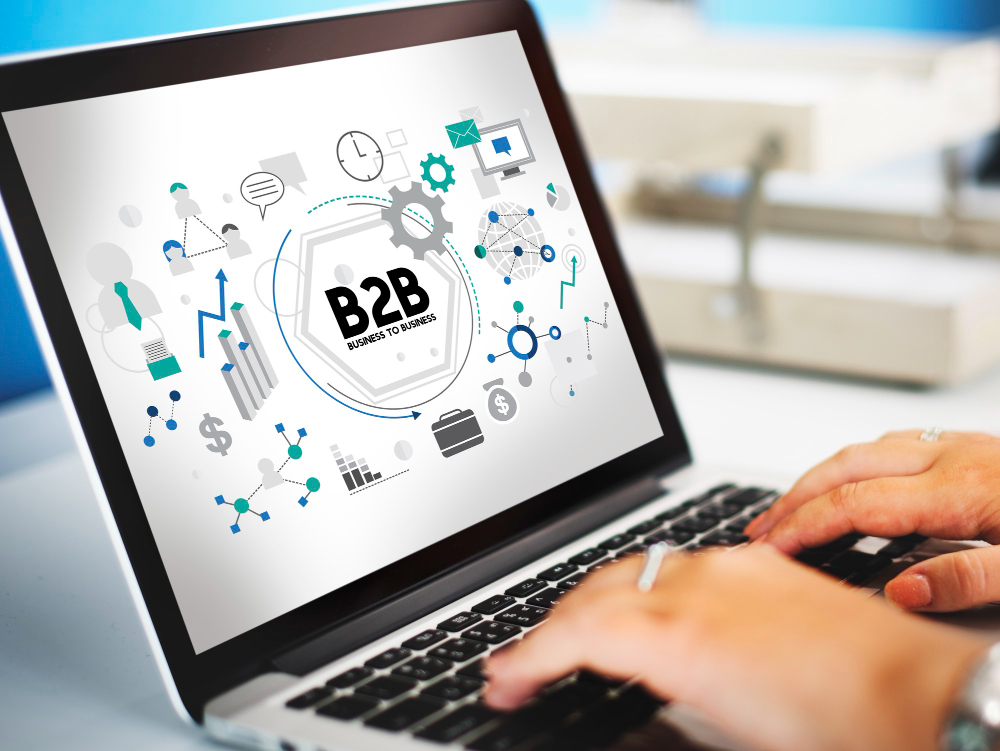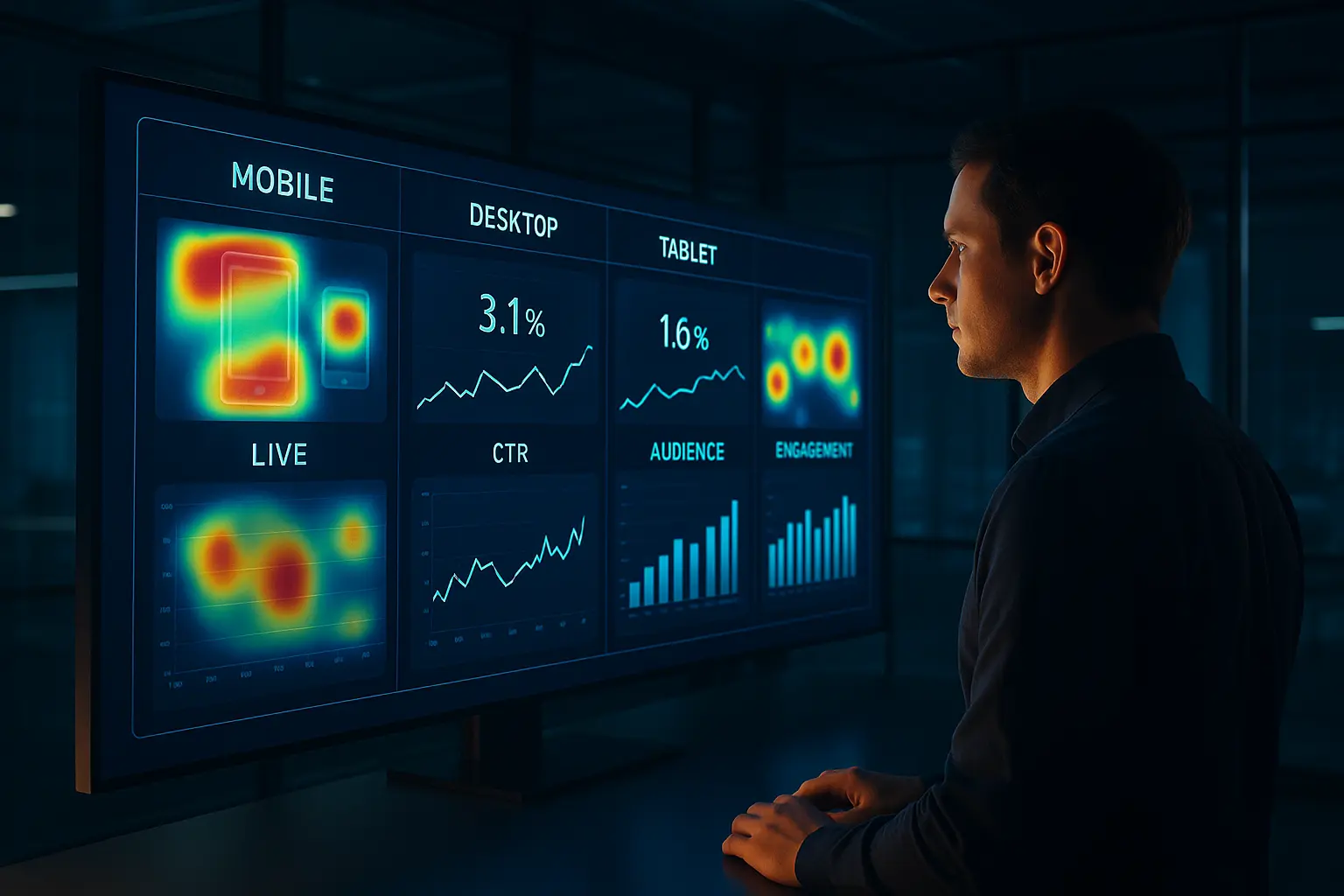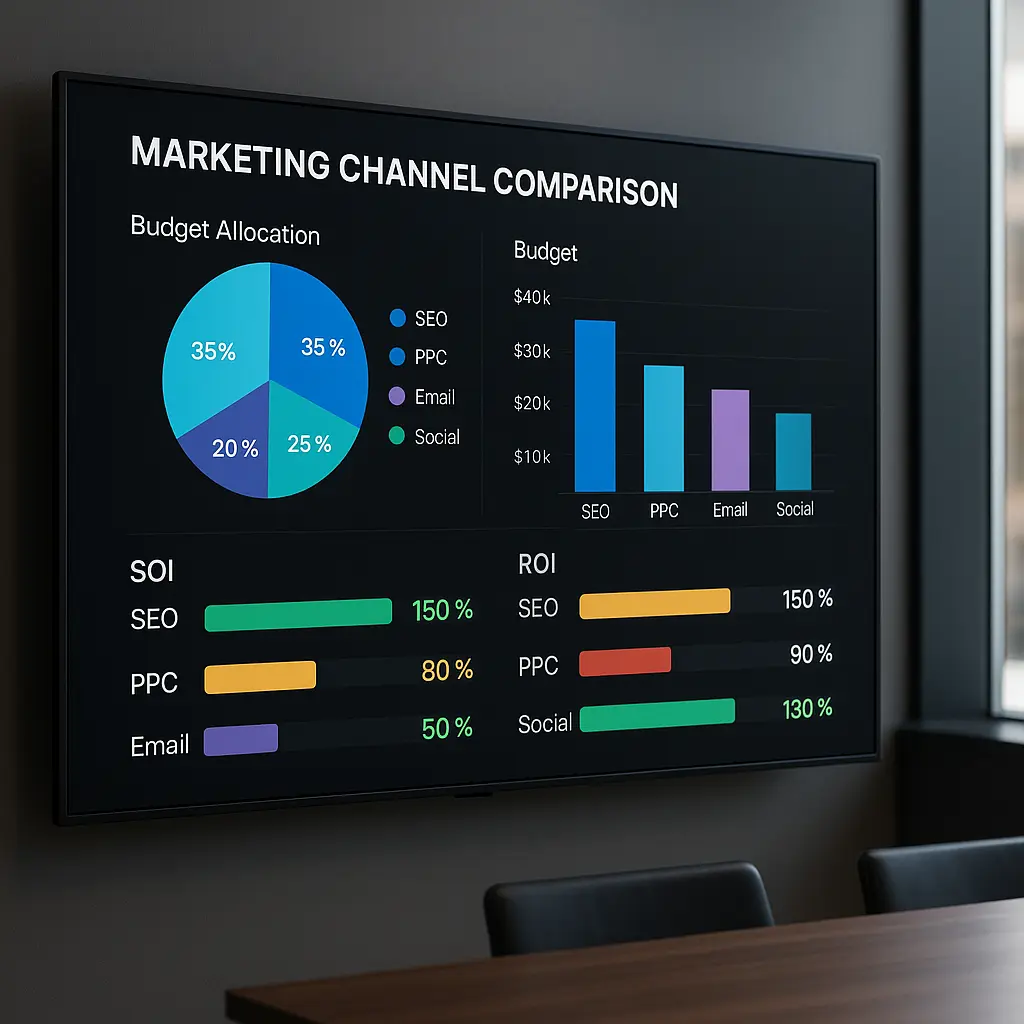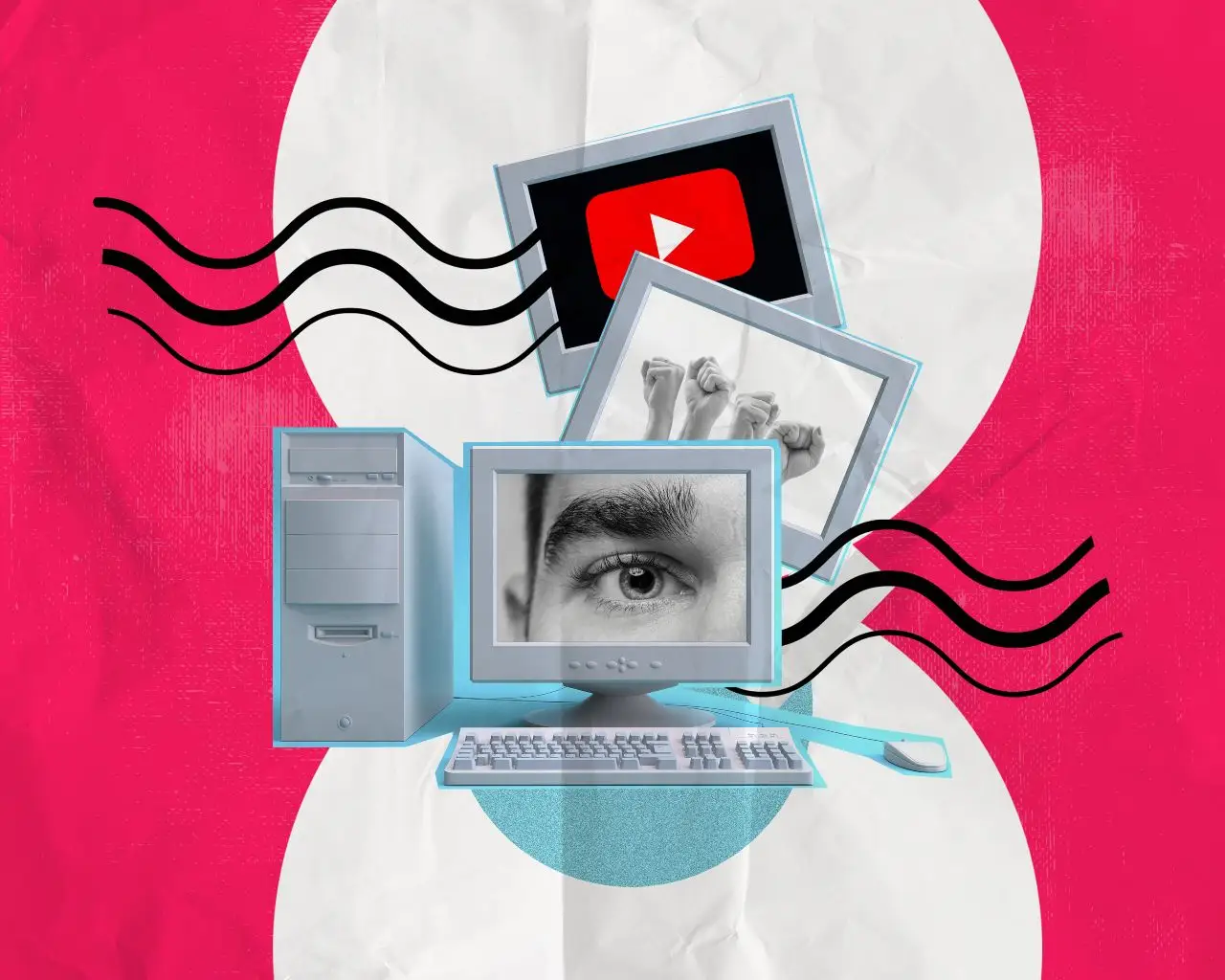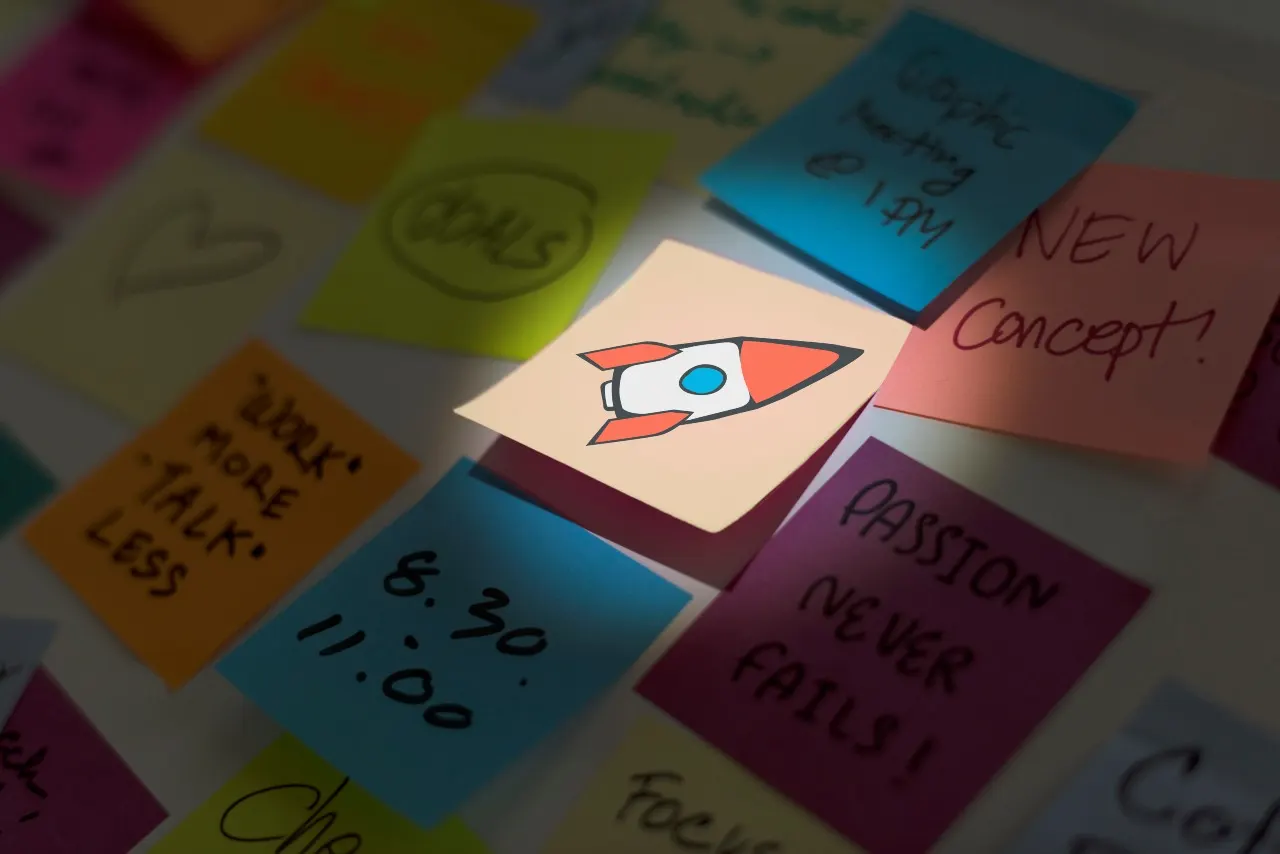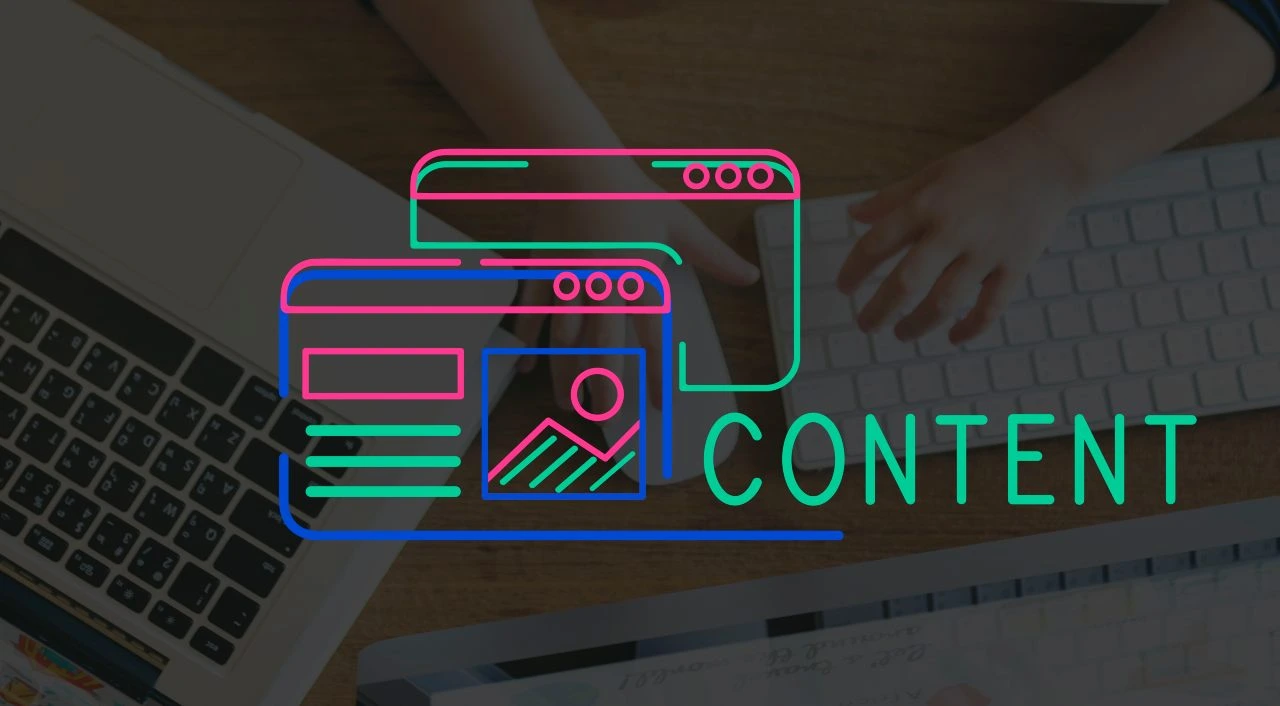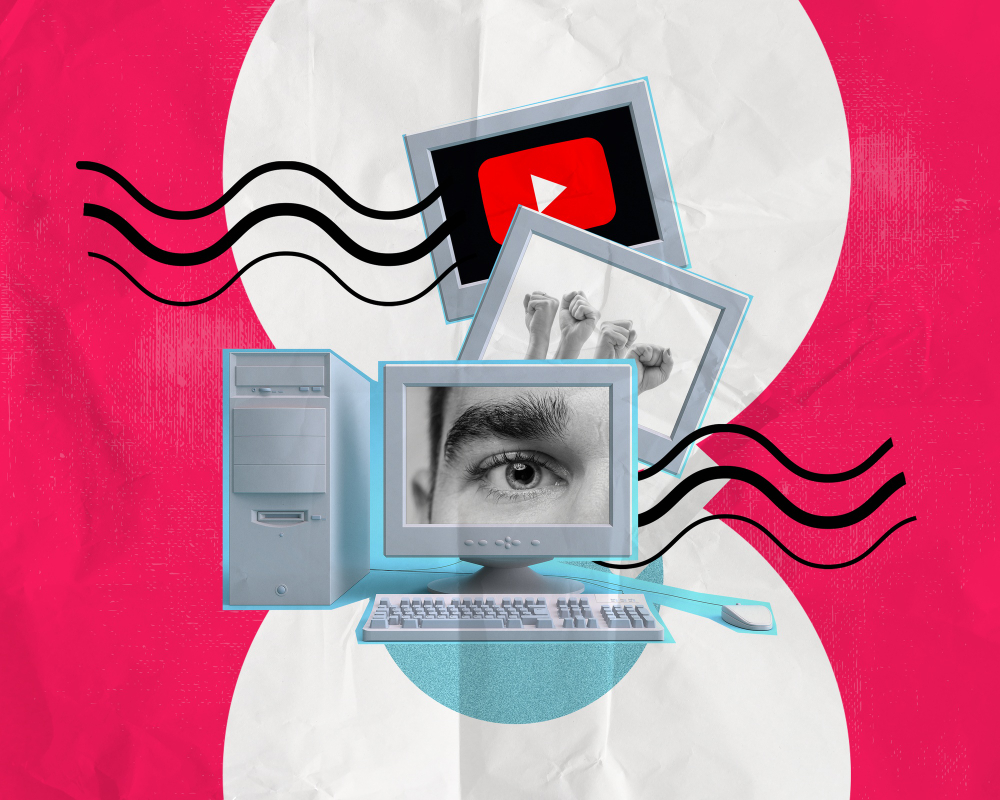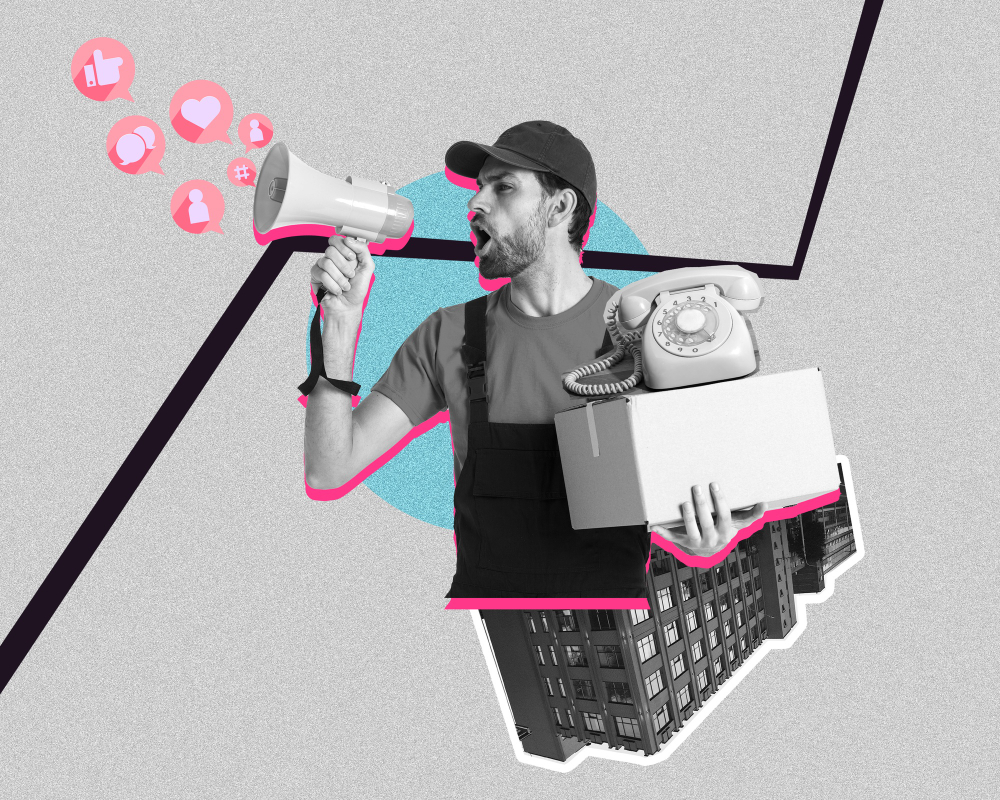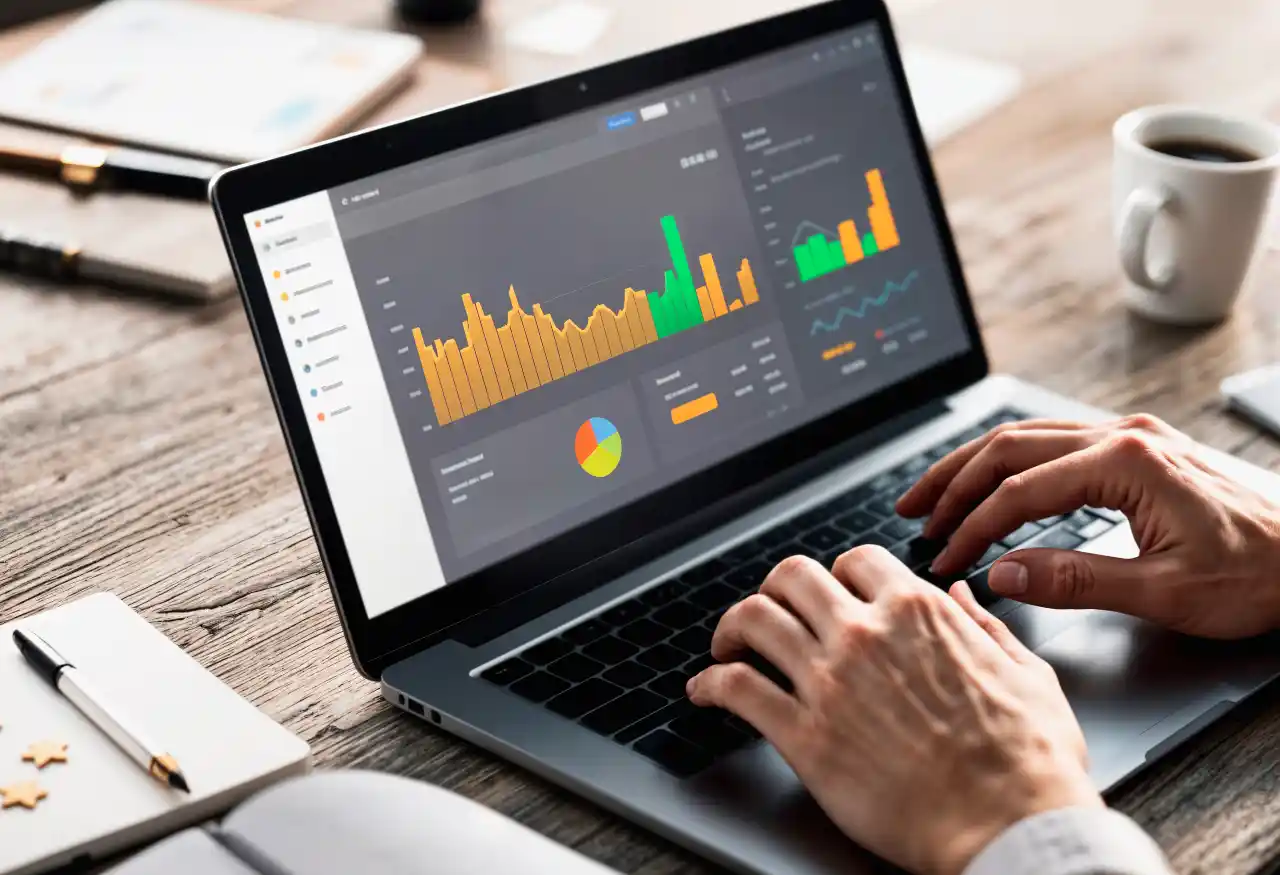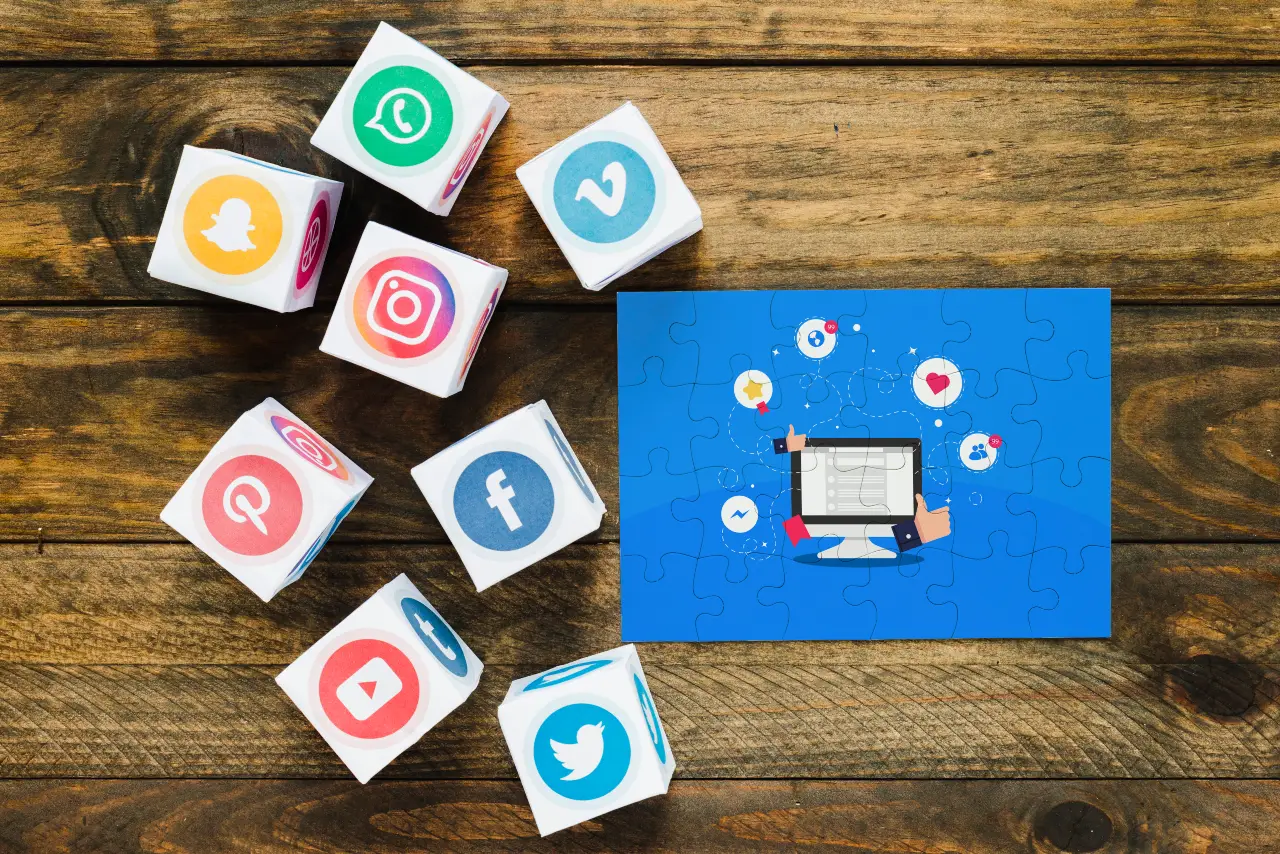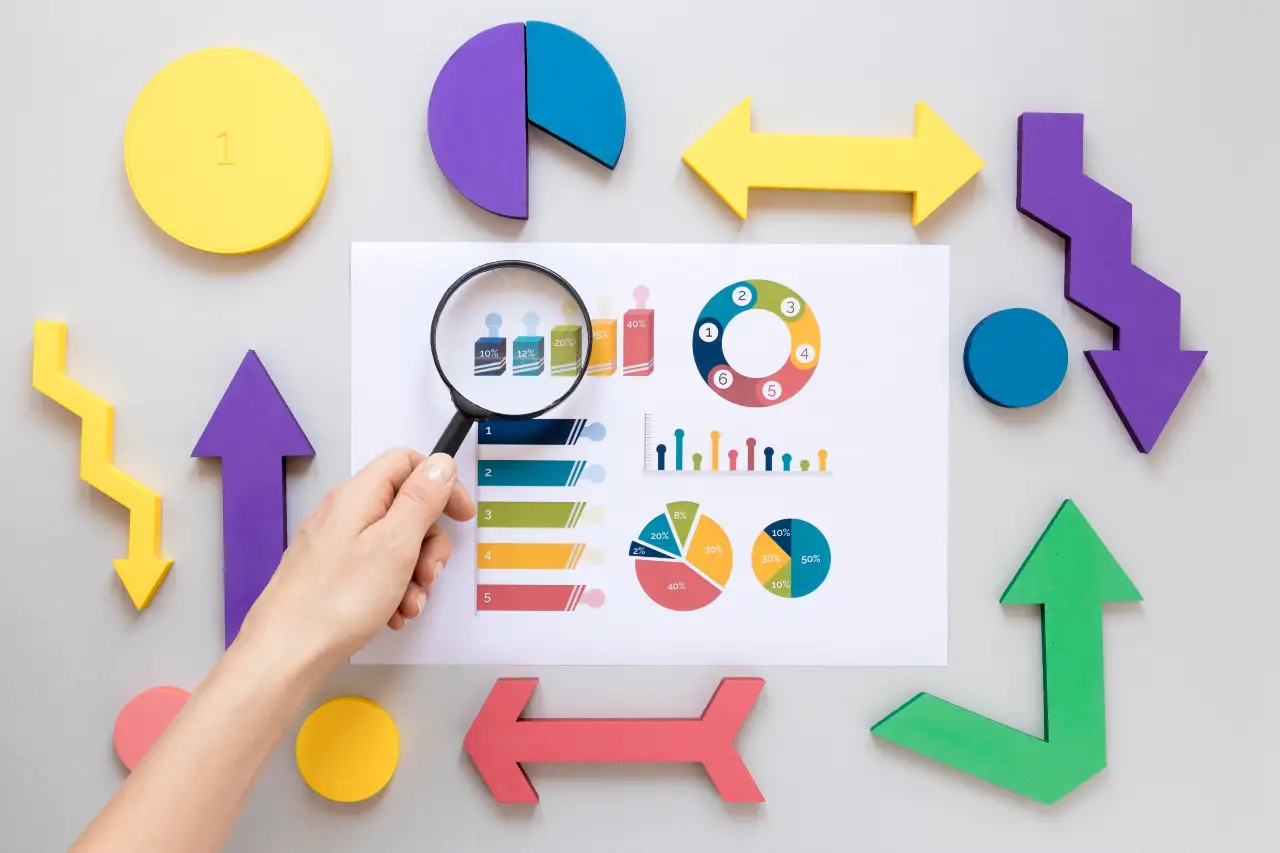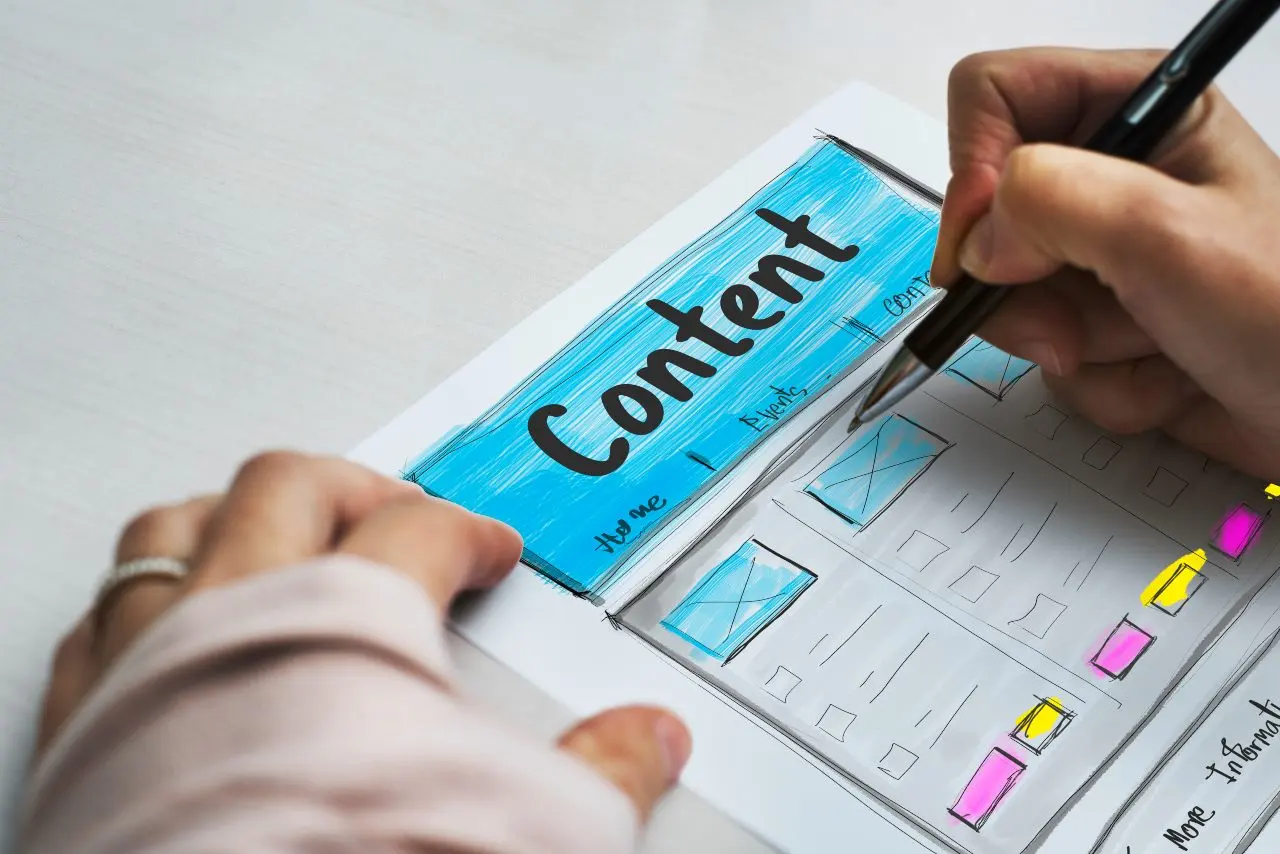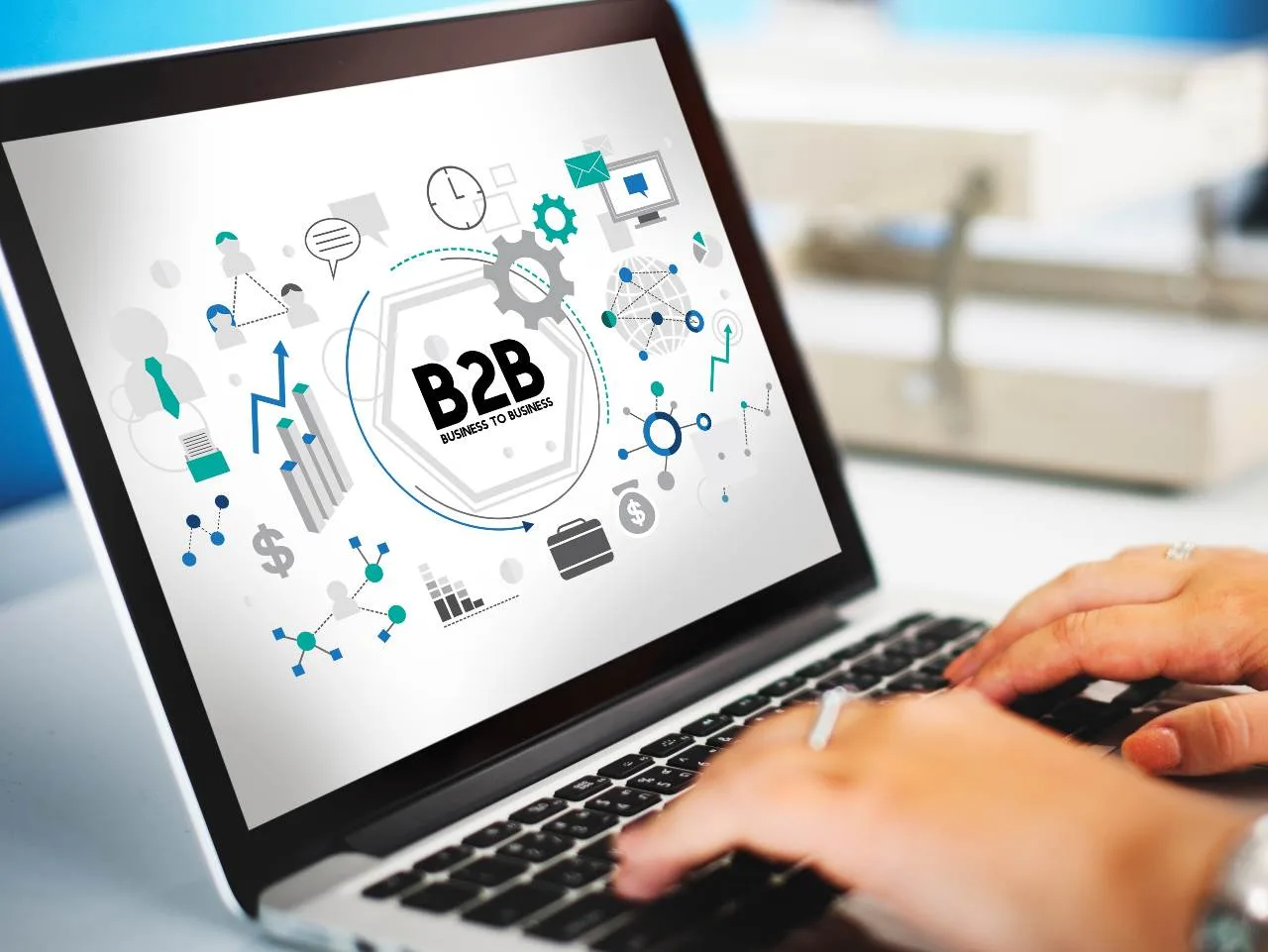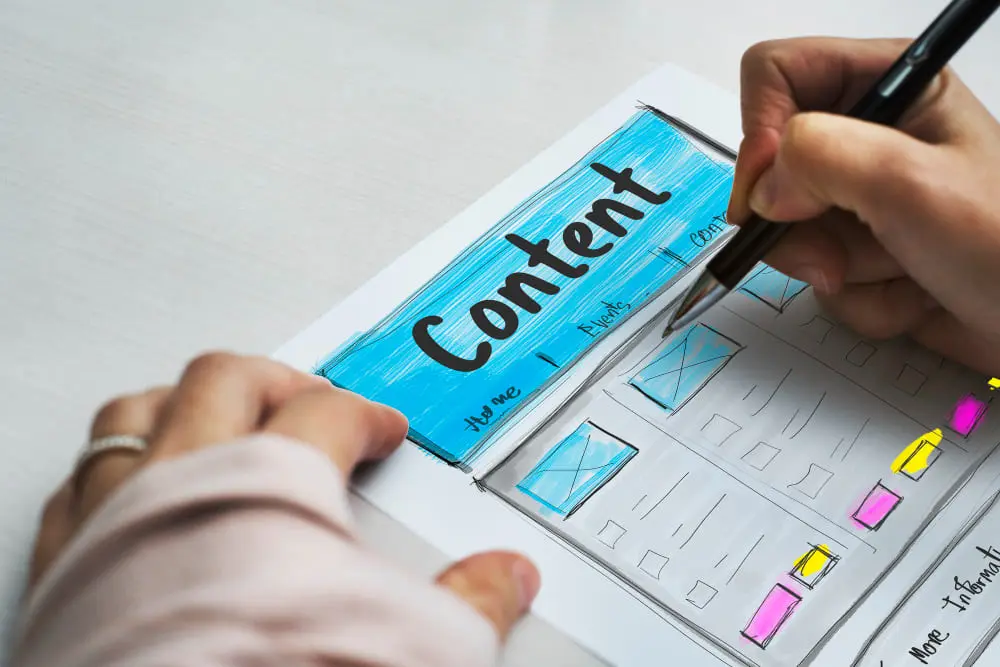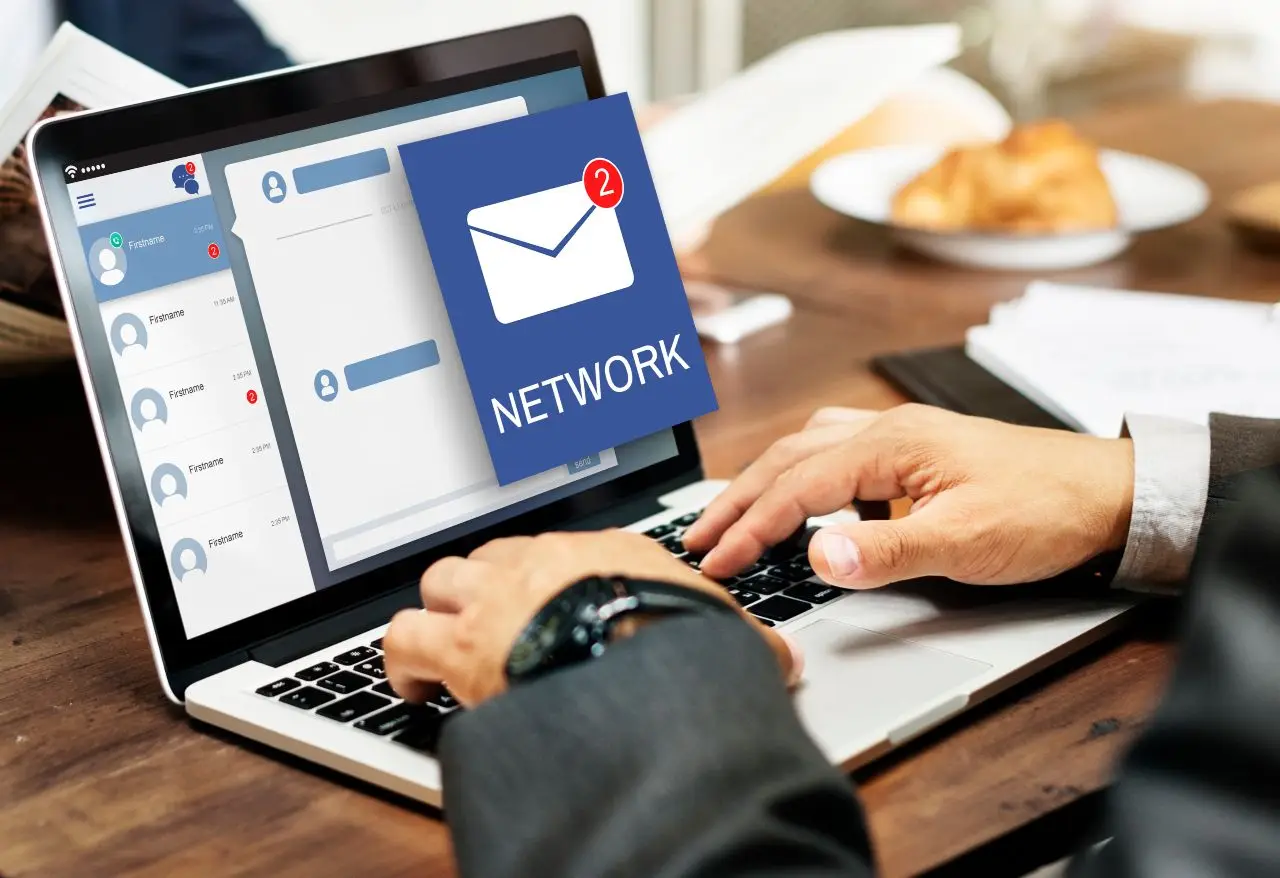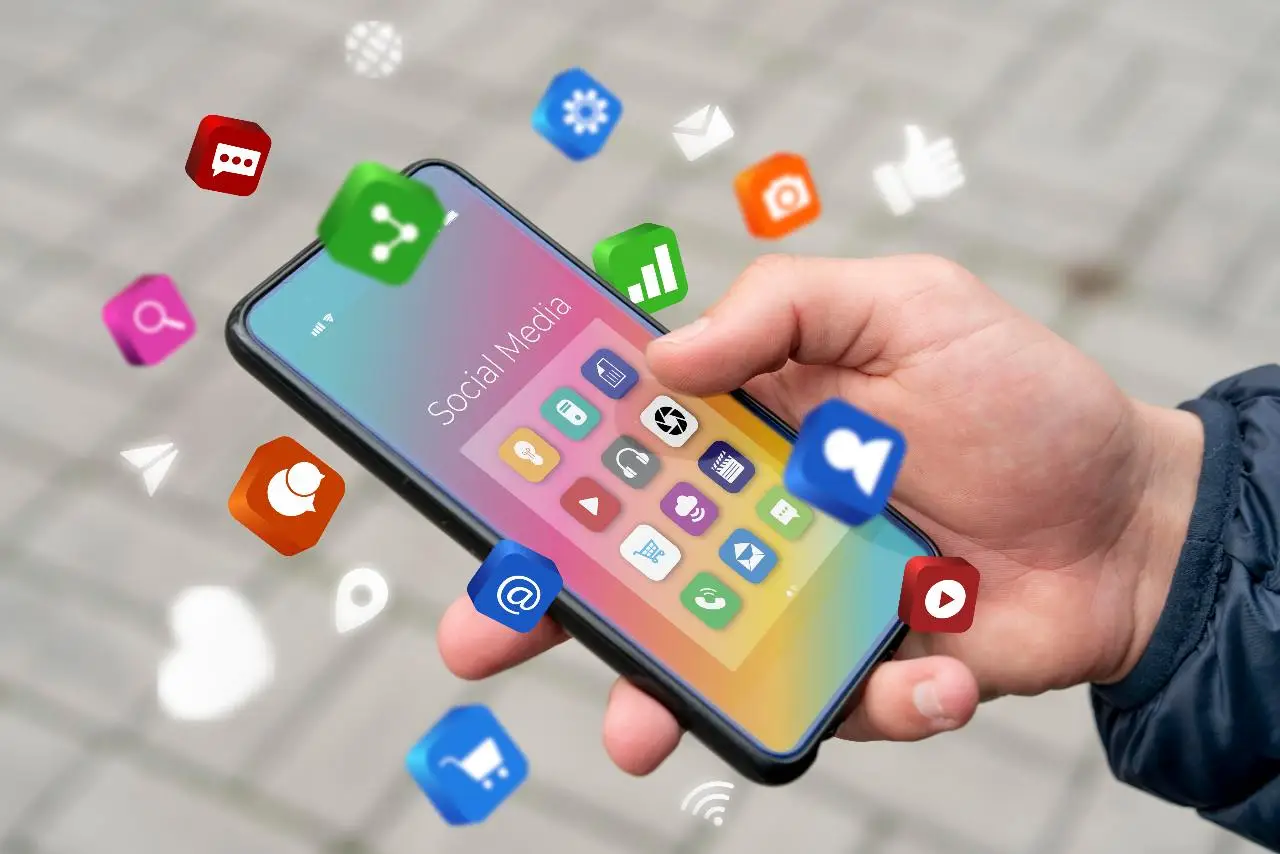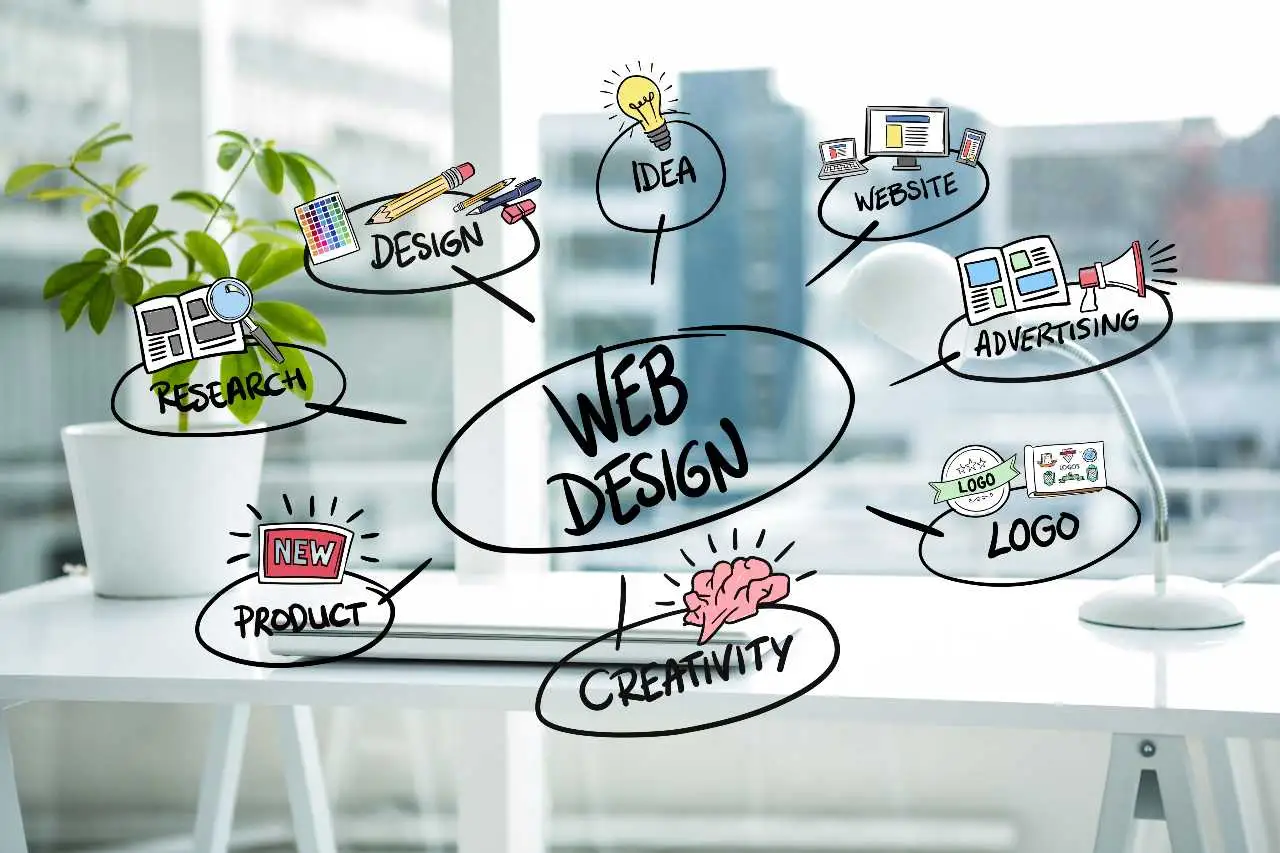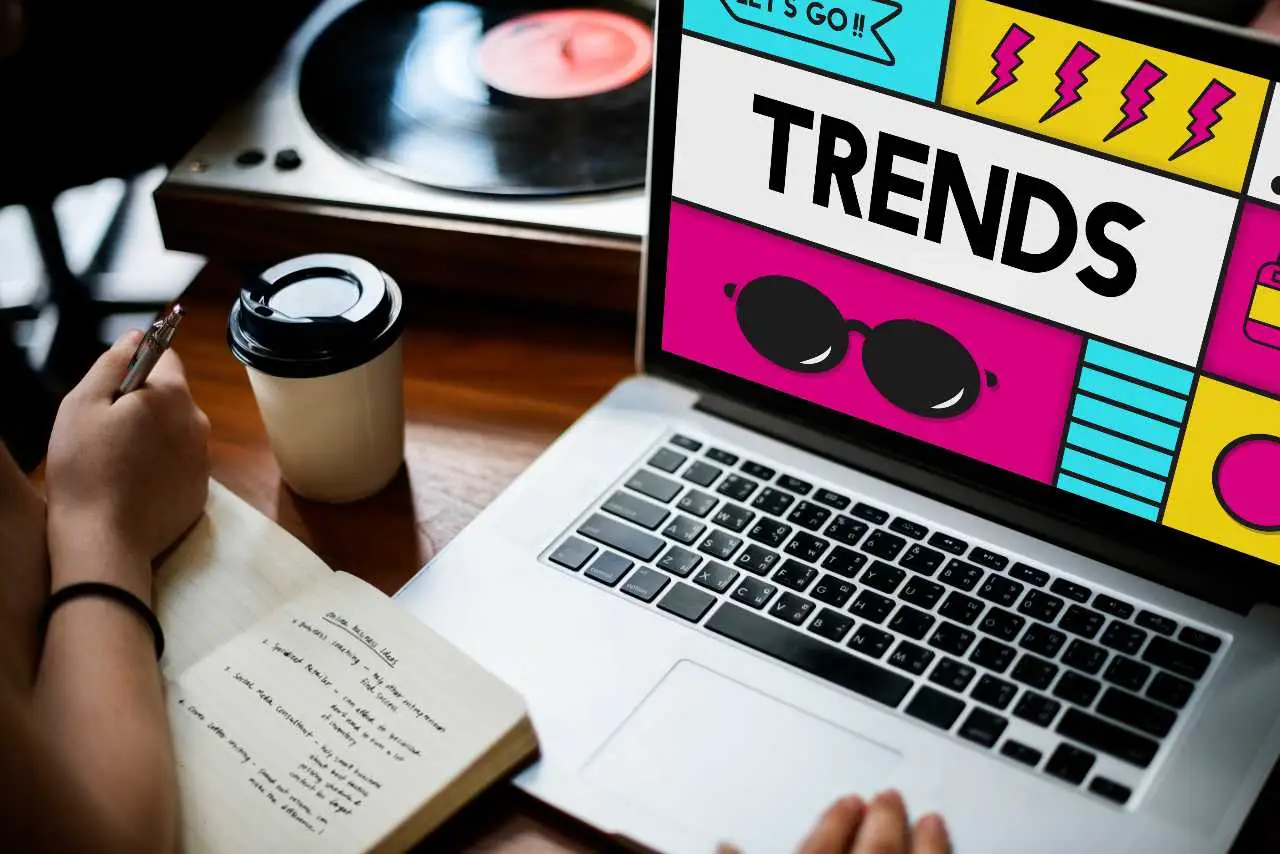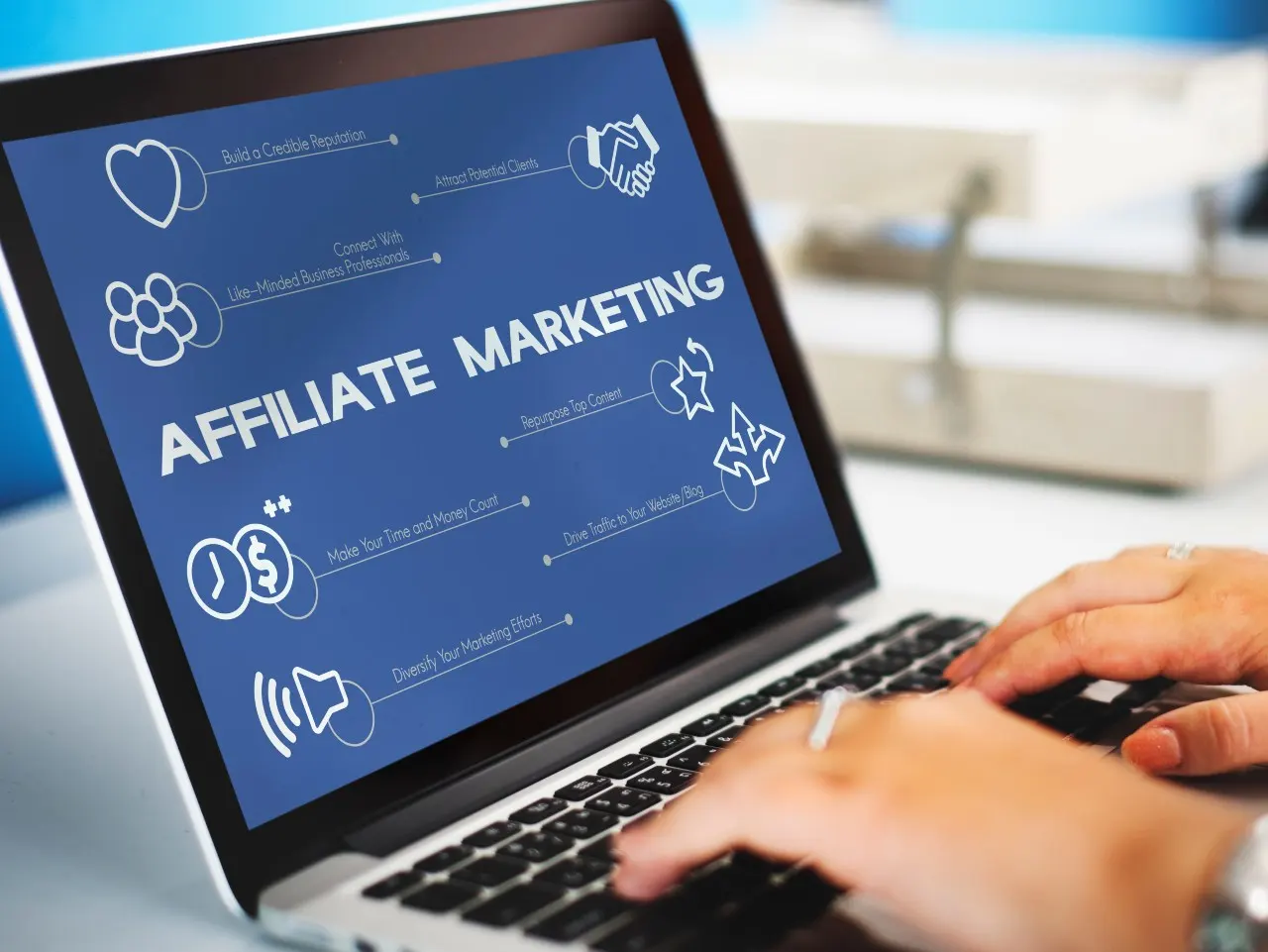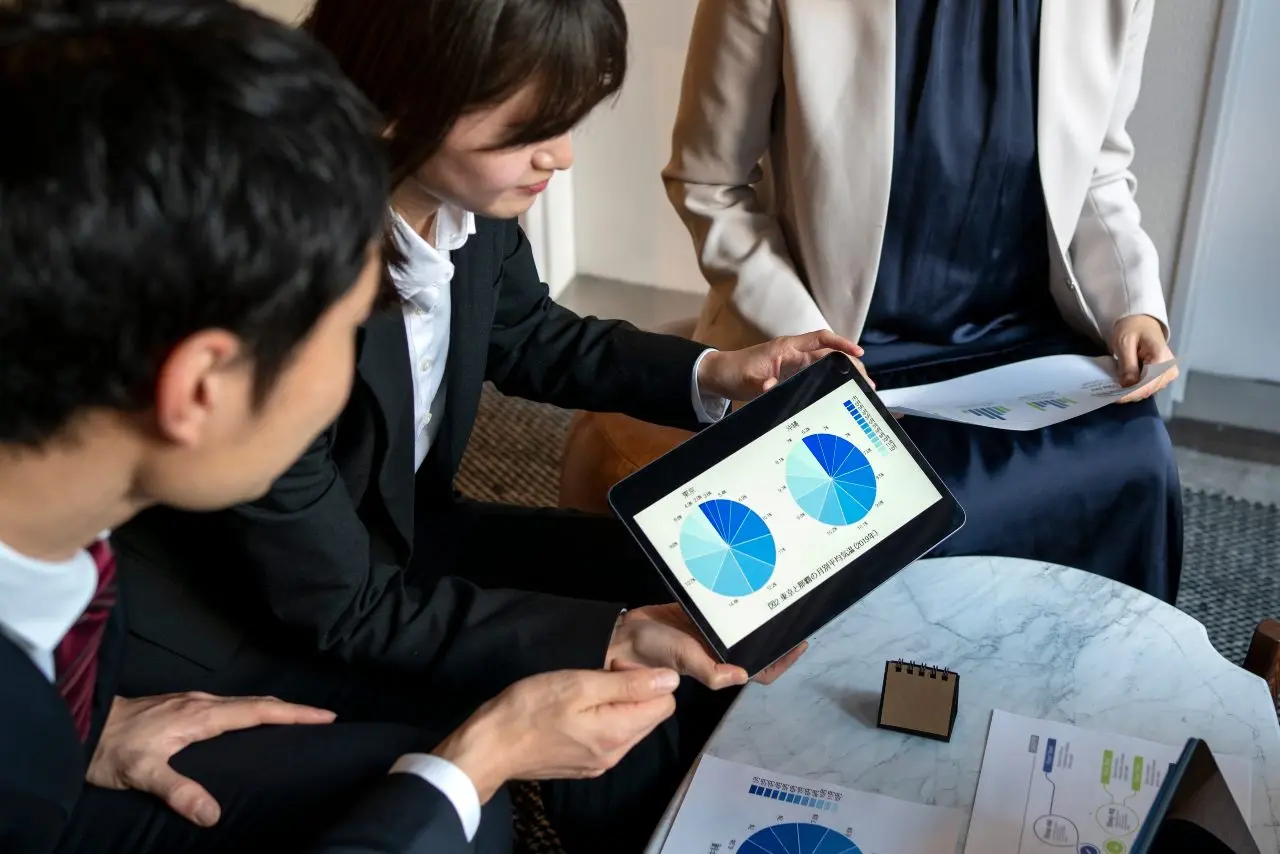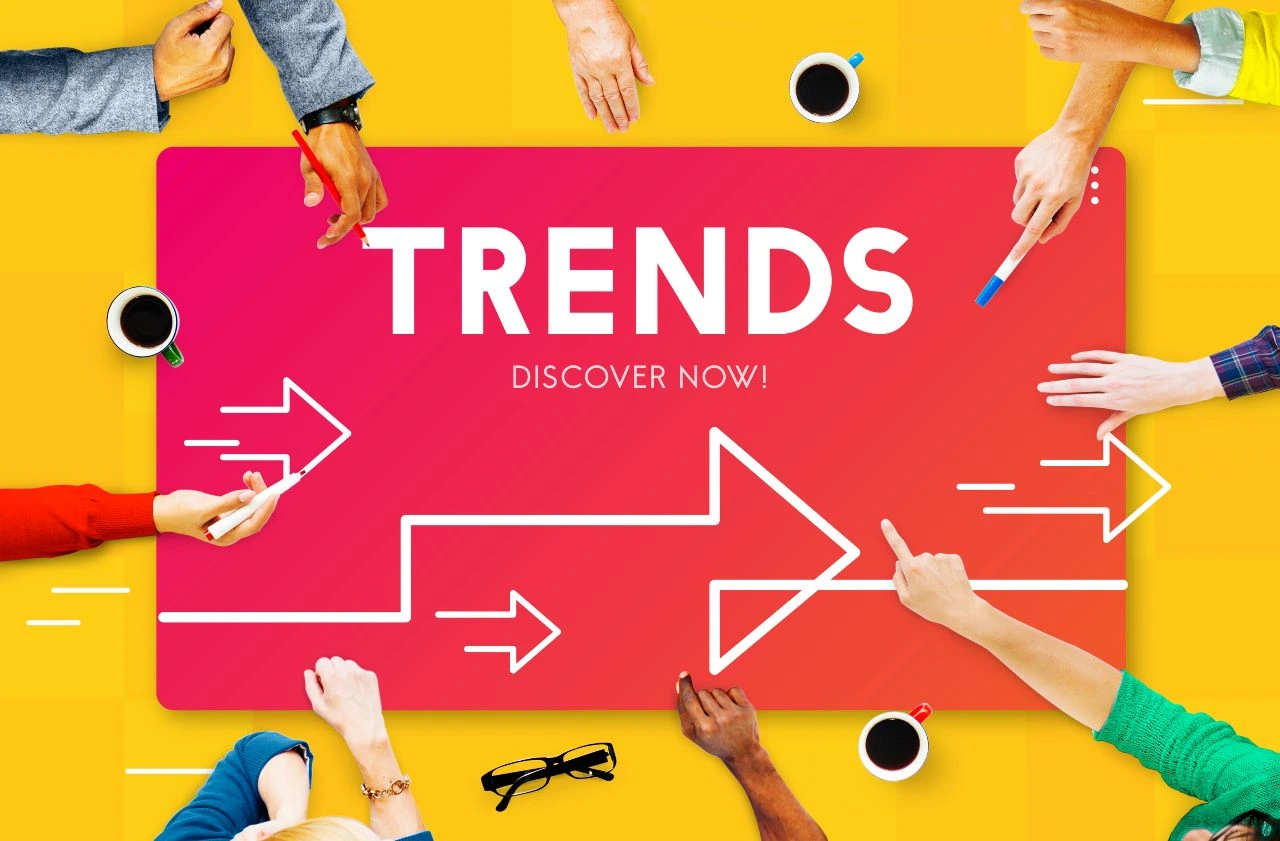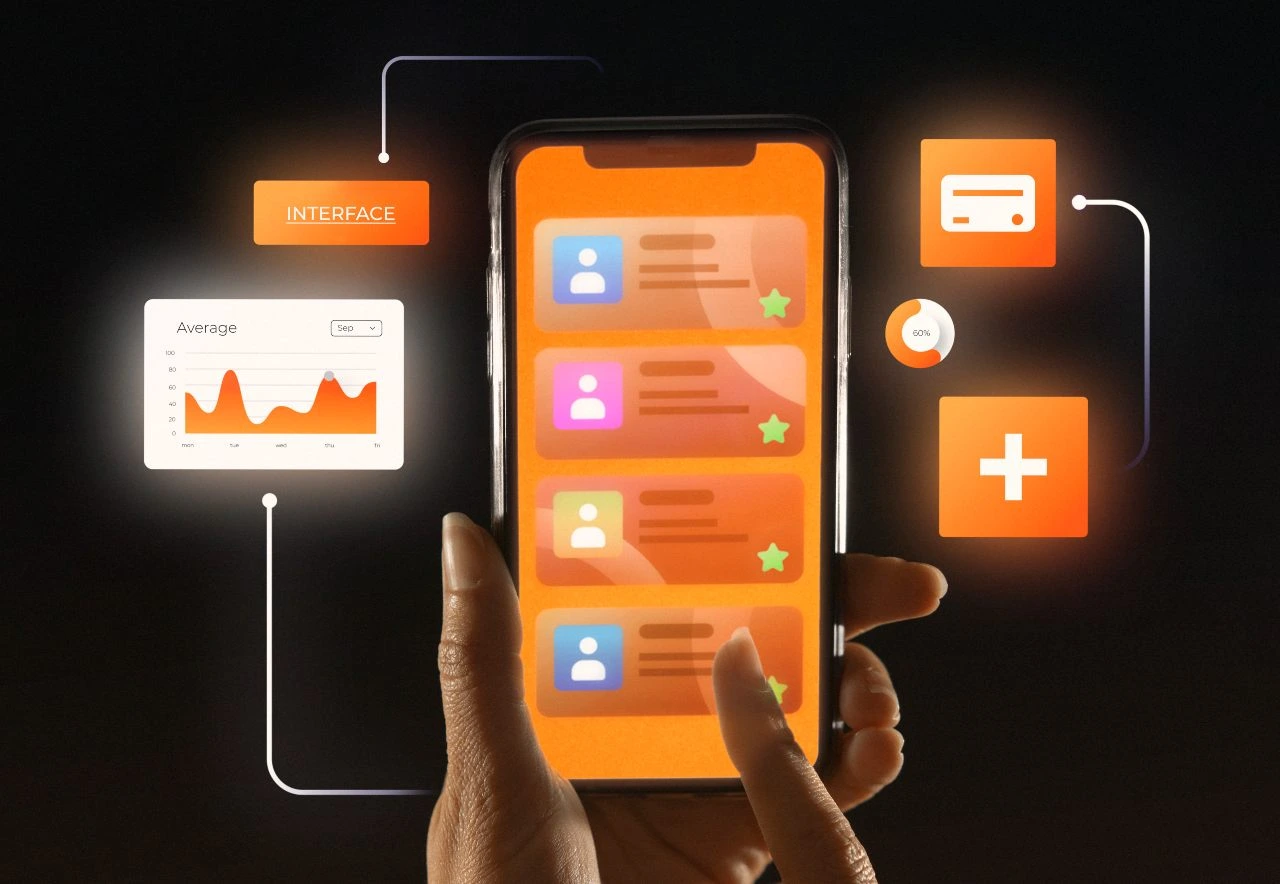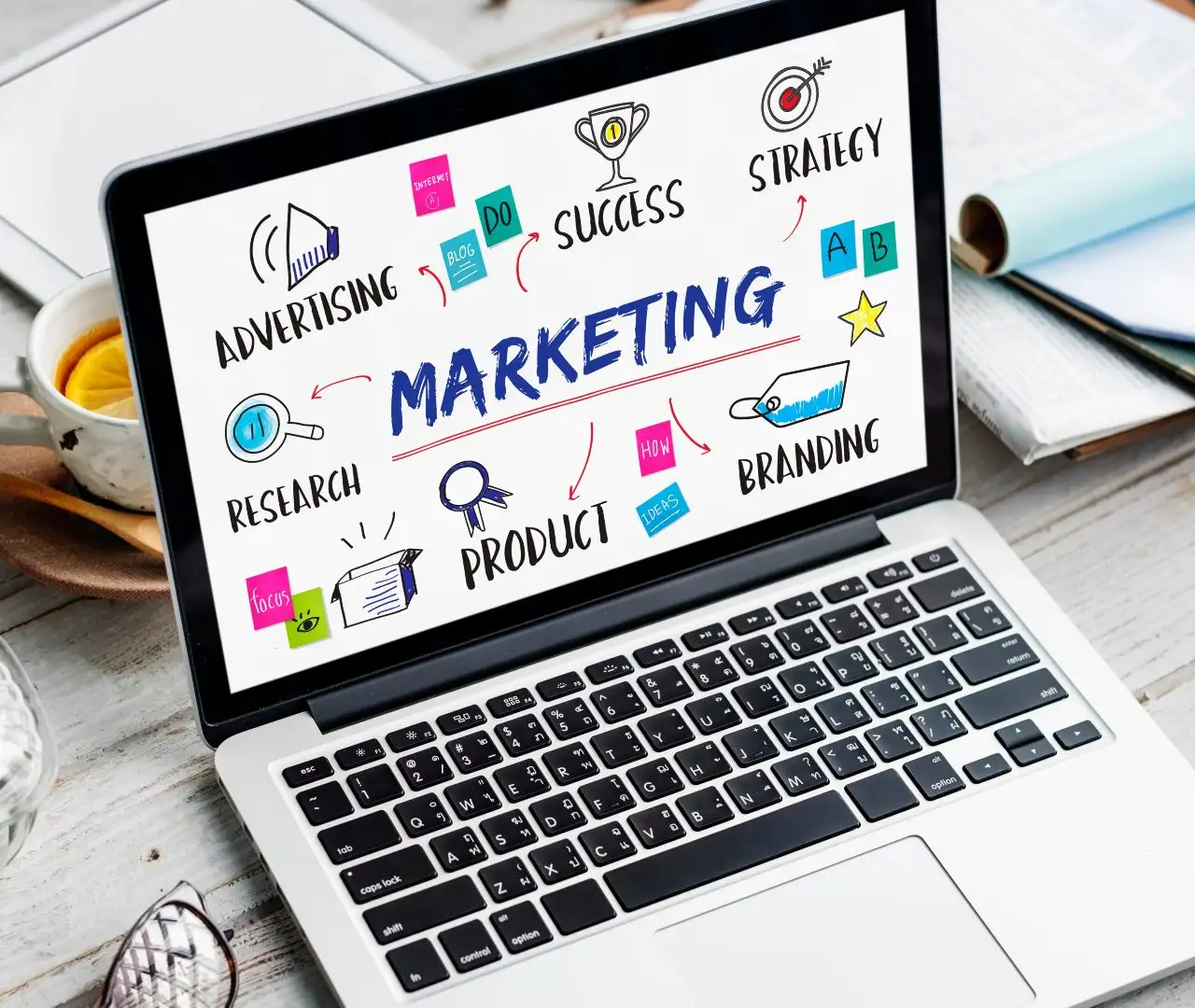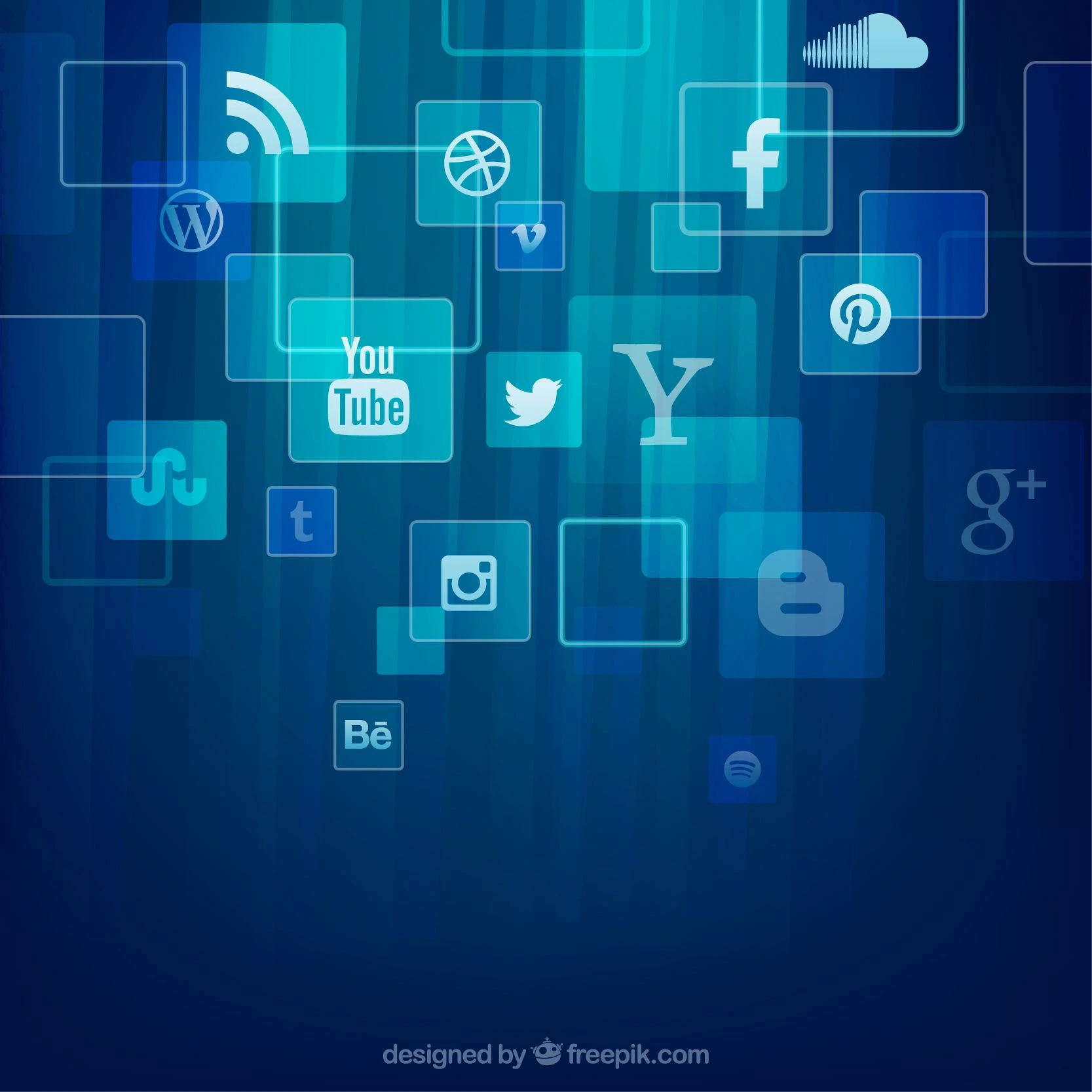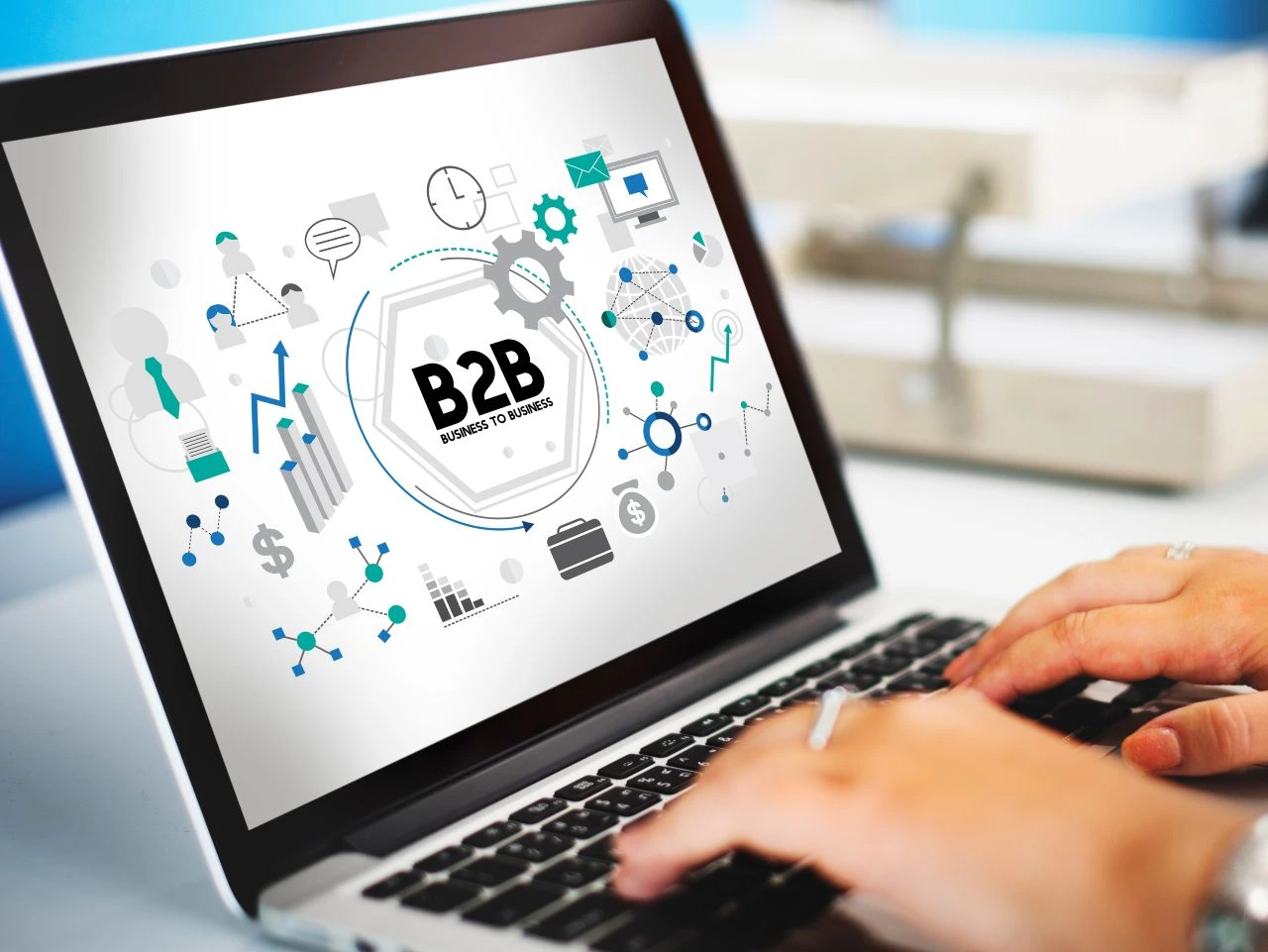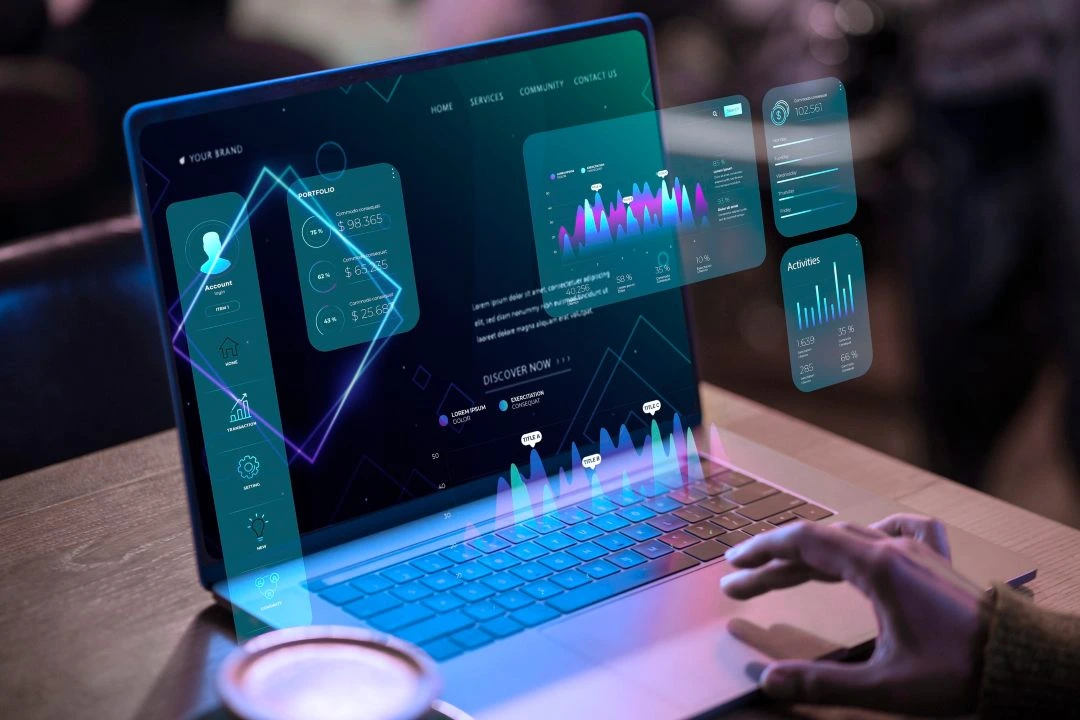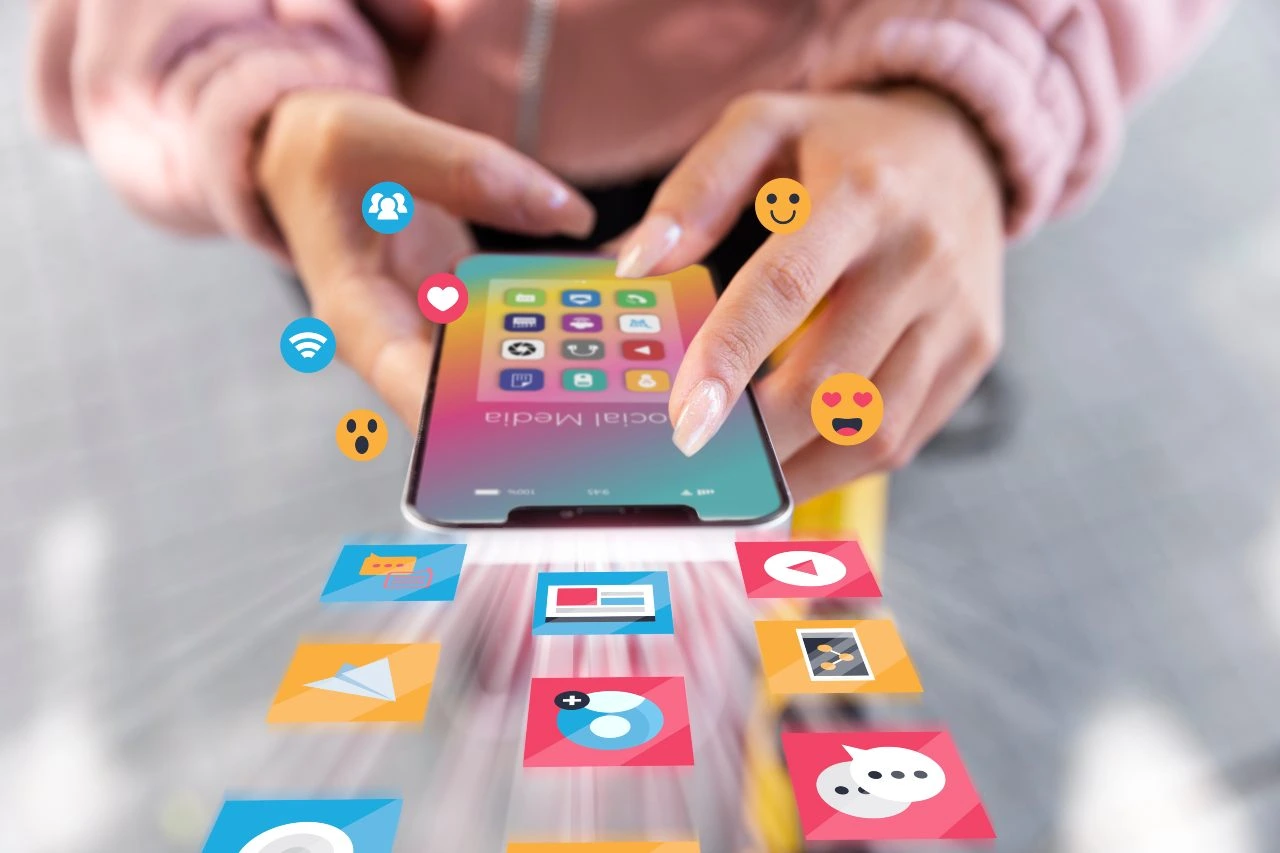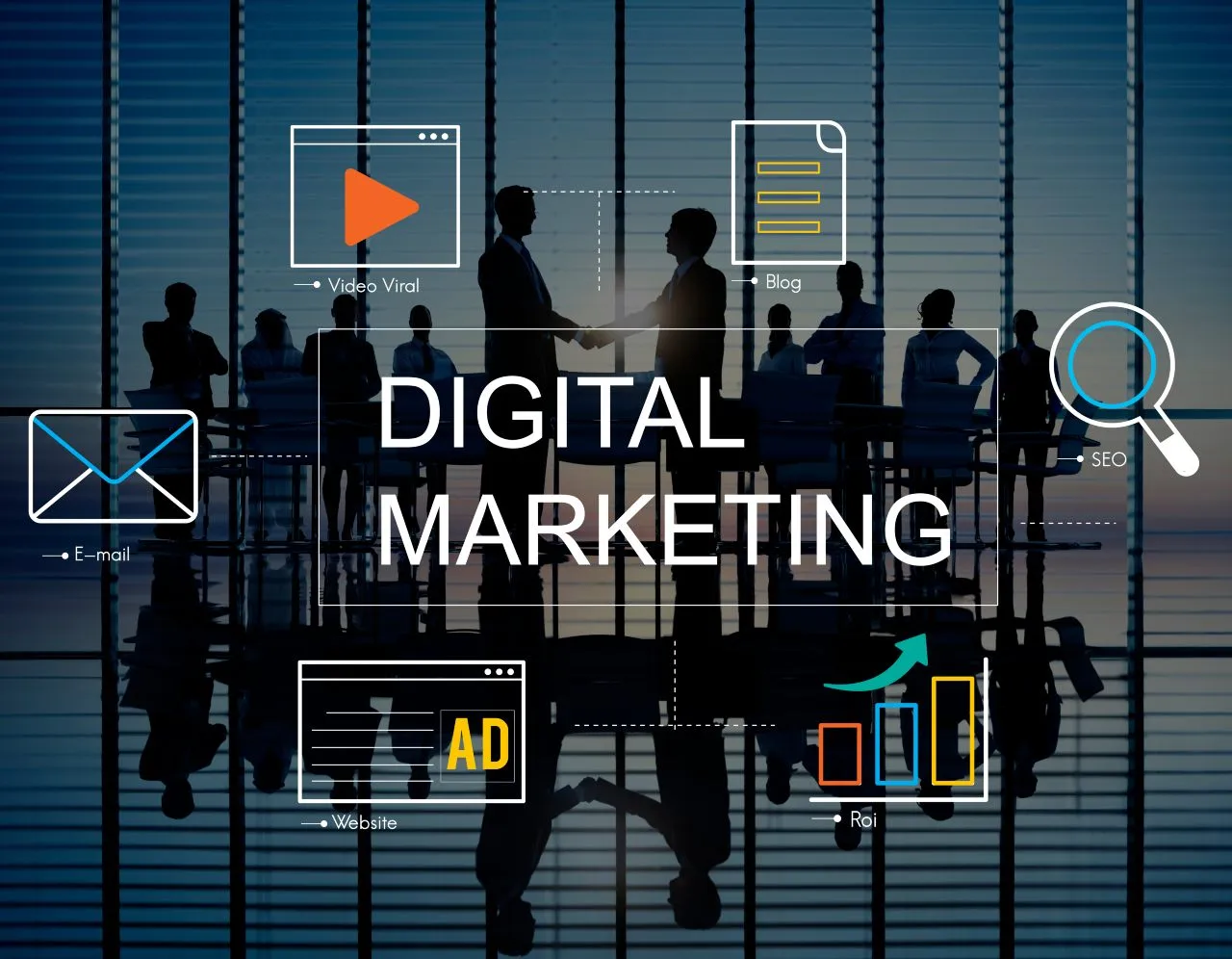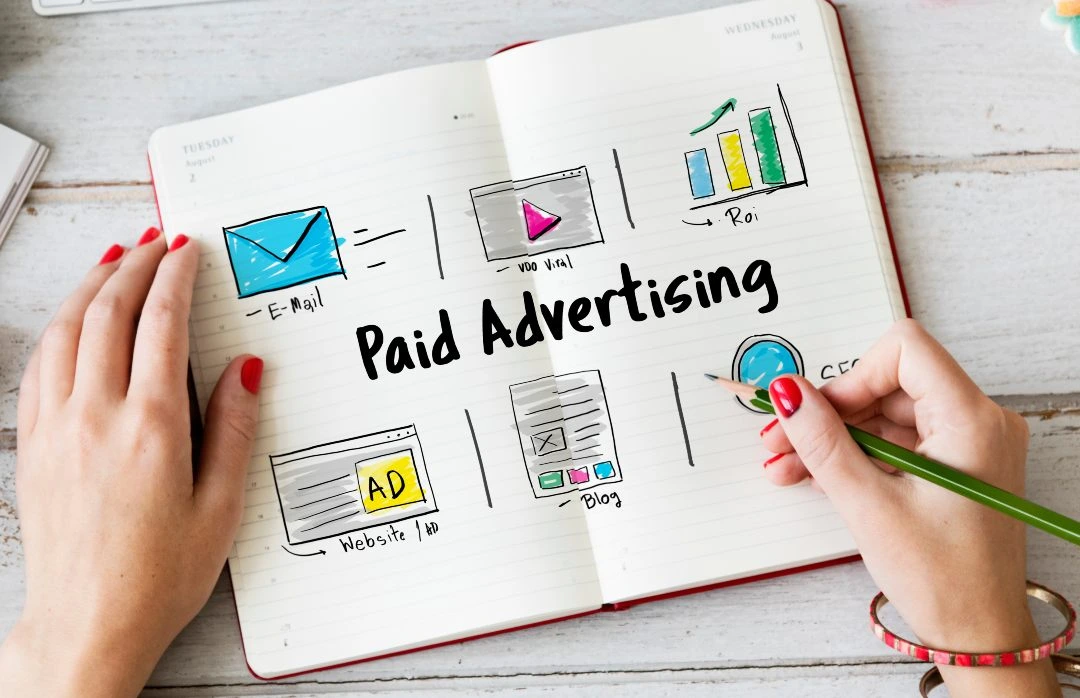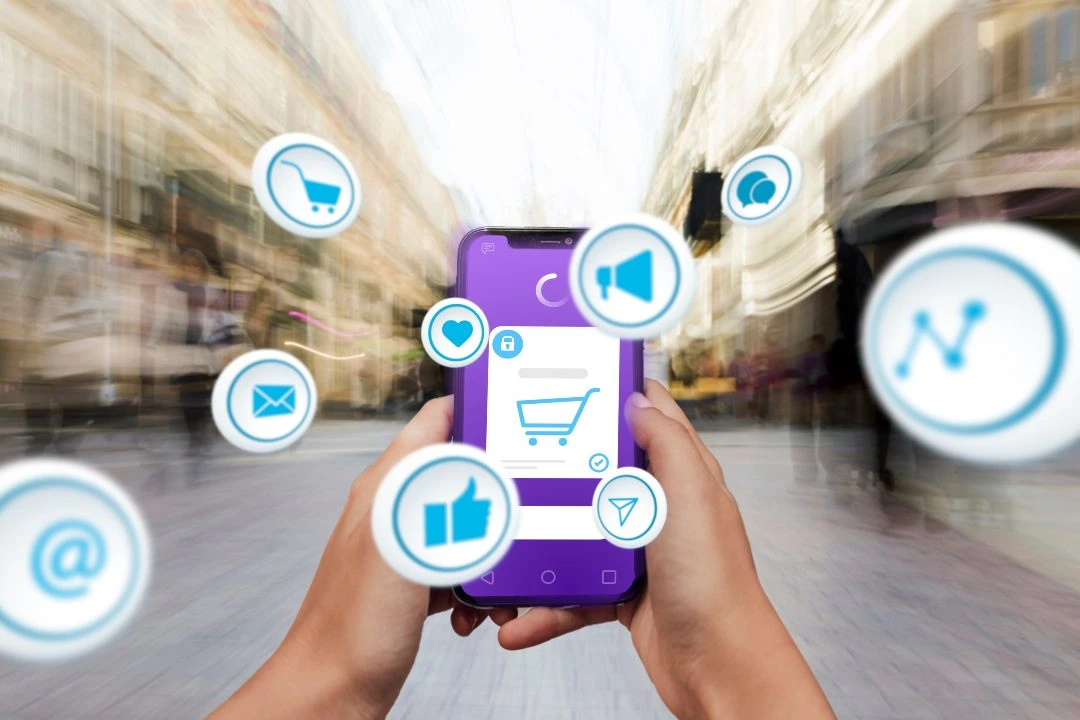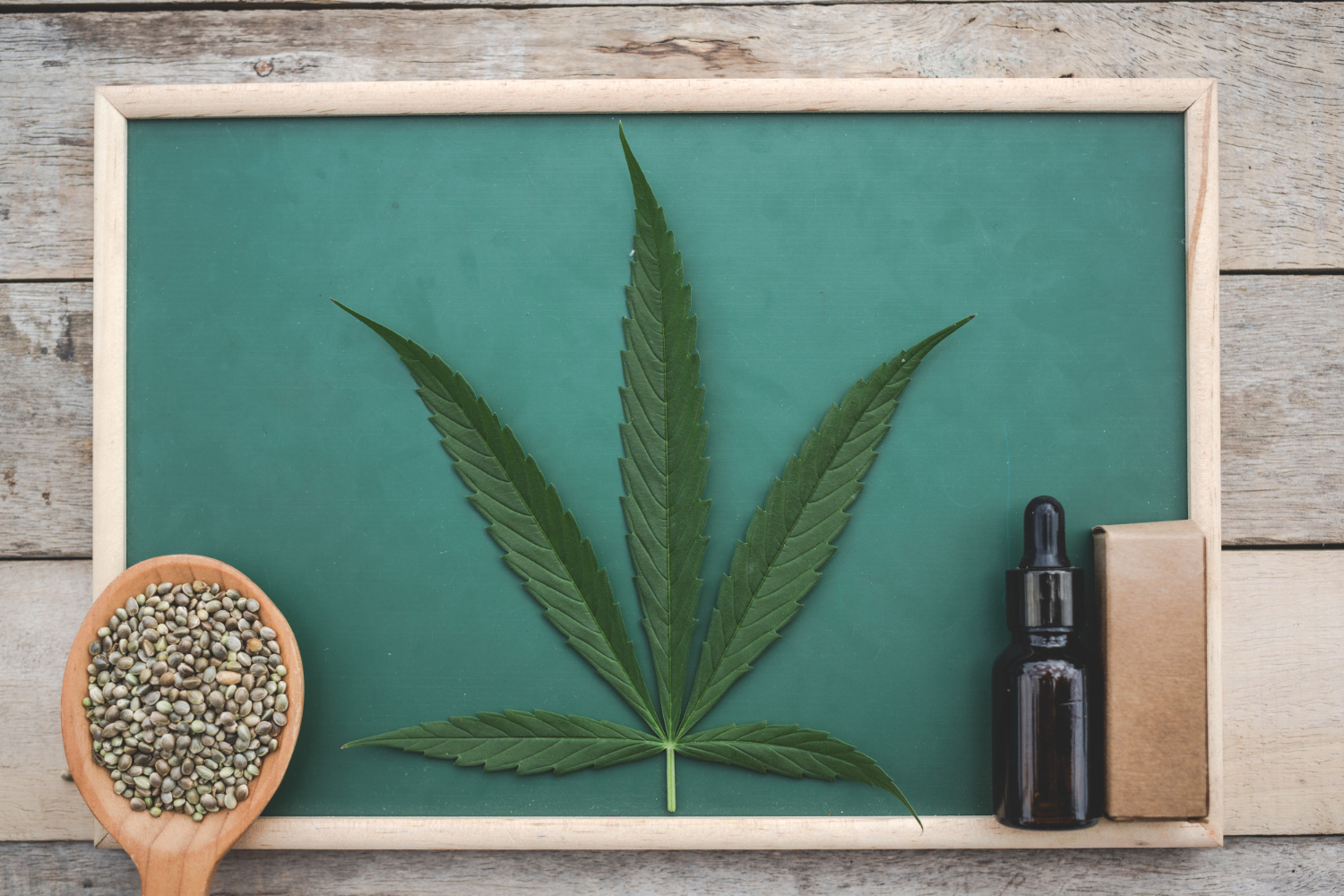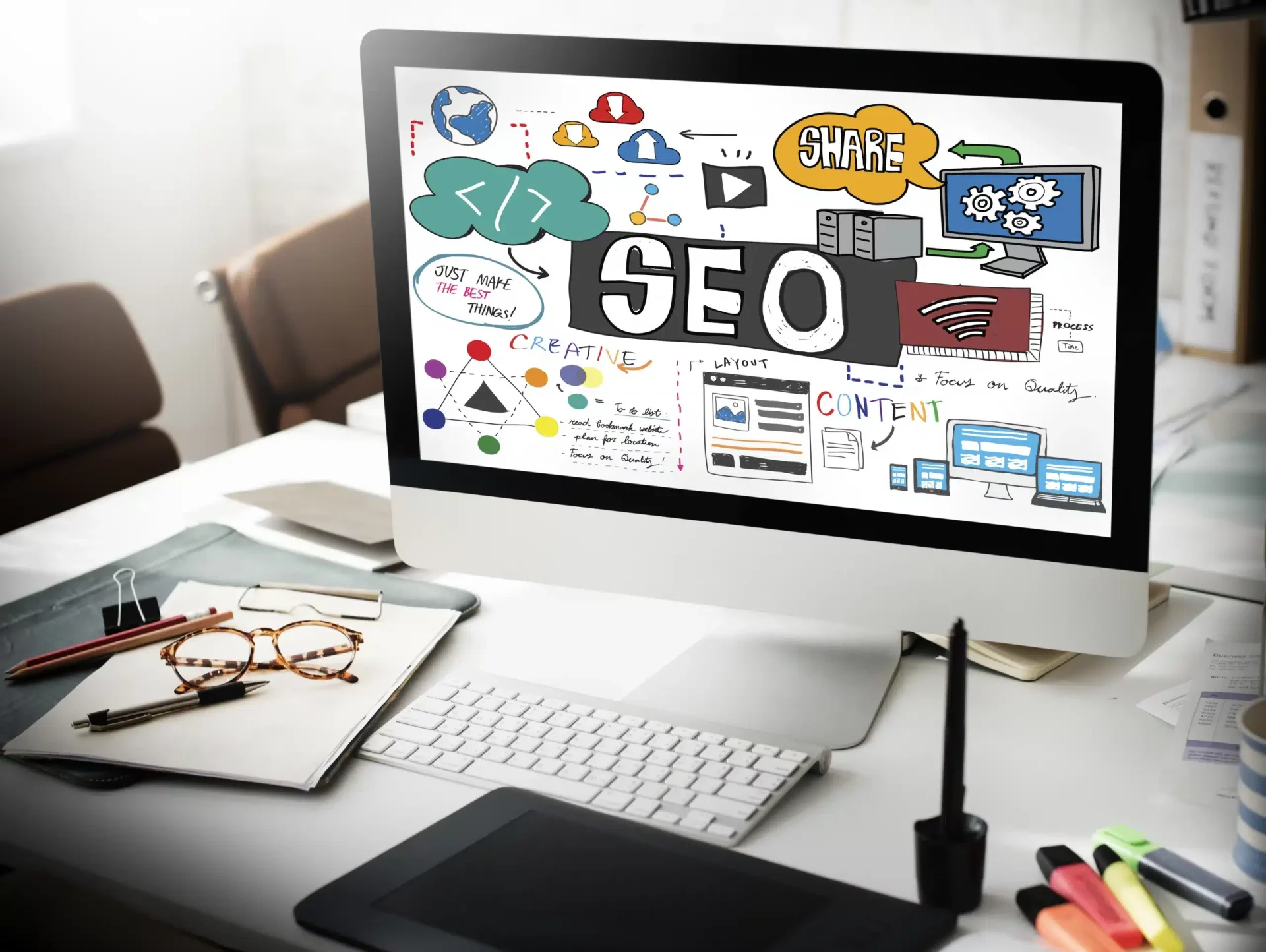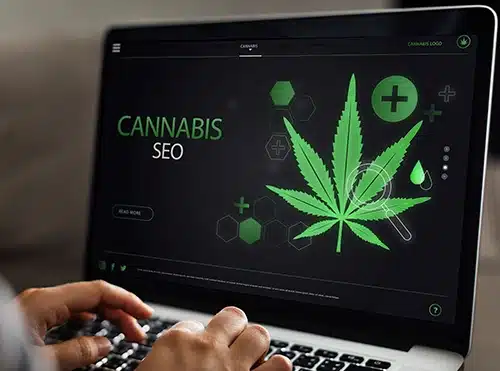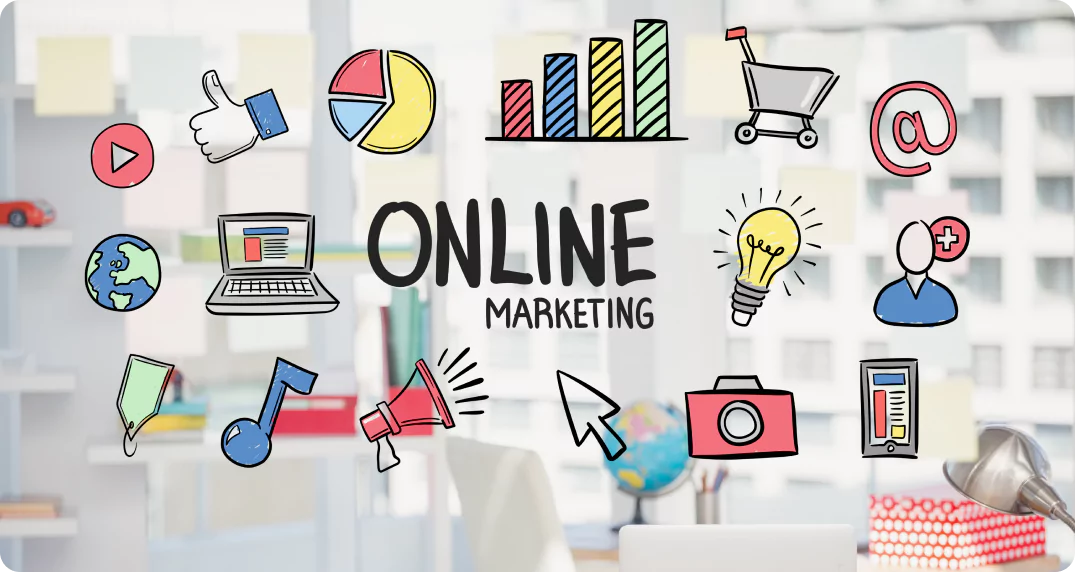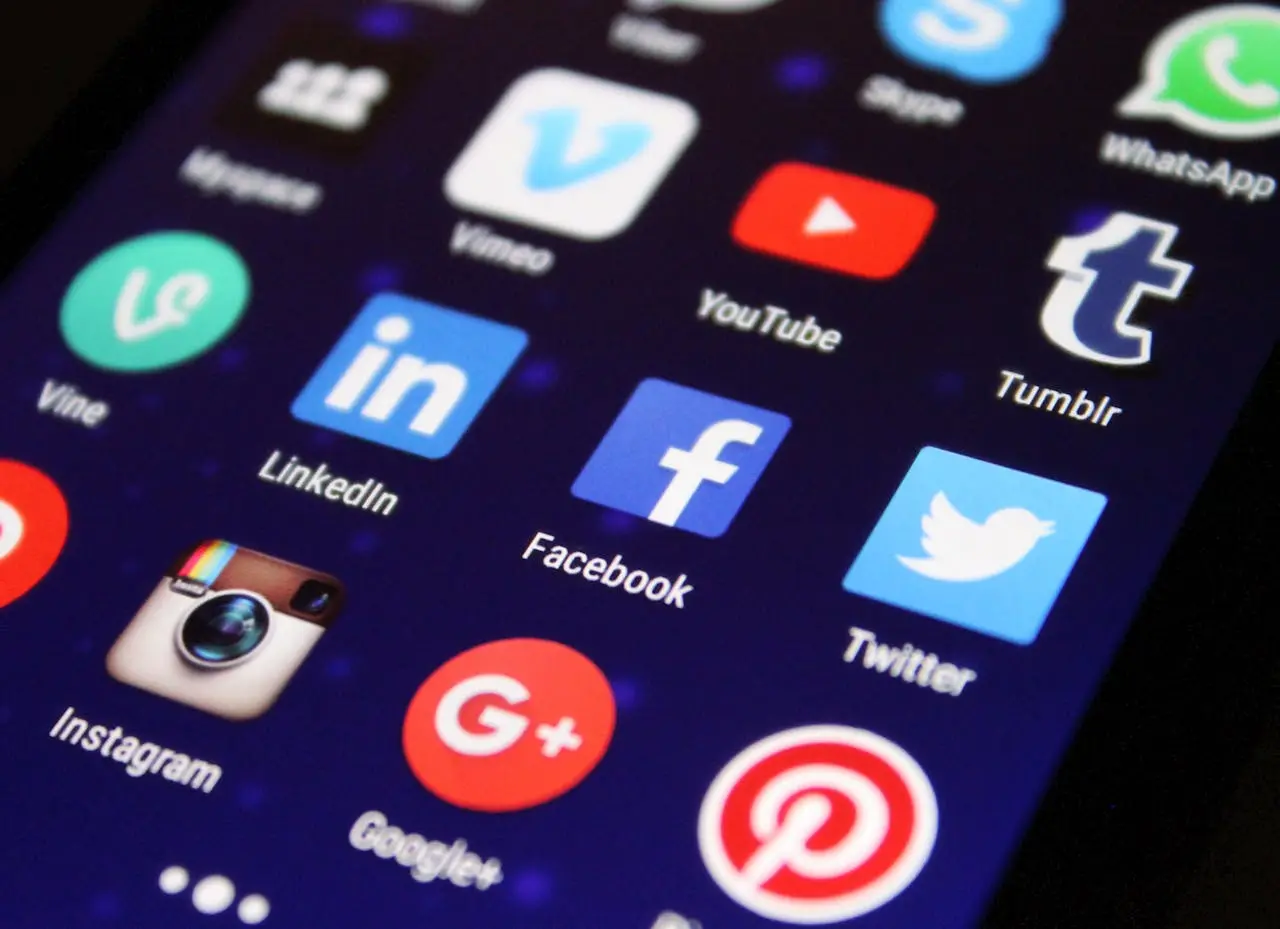Are you ready to peek into the crystal ball and see what the future holds for marketing technology?
As we gear up for 2025, the marketing landscape is undergoing a seismic shift, with technology at the forefront. But it’s not just about adopting the latest shiny tools; it’s about strategically integrating them to maximize efficiency and impact. From AI-powered content creation to marketing automation and personalized customer experiences, the martech trends are all about doing more with less and achieving unprecedented levels of personalization.
With the rise of zero-click marketing and the increasing importance of omnichannel experiences, staying ahead means understanding and adapting to these transformative changes. In this article, we’ll explore the key martech trends shaping marketing operations, discuss how to leverage them effectively, and provide actionable insights to future-proof your marketing strategy.
Closing the Digital Marketing Gap: From Intention to Execution
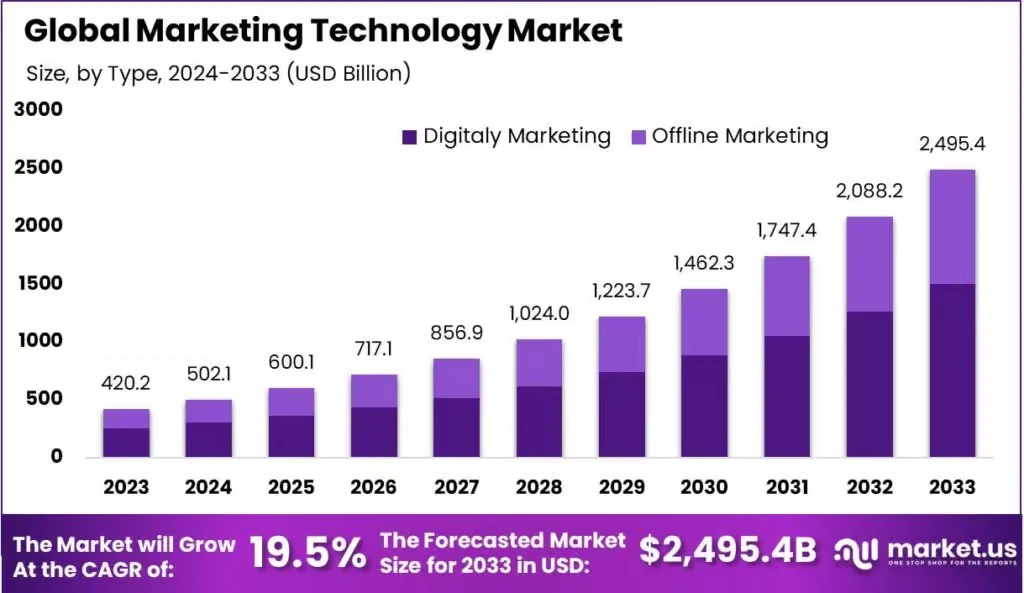
Source: Market.us
Despite an increasing awareness of the need to upskill, many businesses still struggle to achieve digital marketing maturity. This misalignment between intent and capability often stems from a lack of clear roadmaps, resource allocation, and actionable strategies. As the marketing landscape grows more competitive and technology-driven, bridging this gap is no longer optional—it’s critical for staying relevant and competitive.
- Businesses rate themselves at an average of 2.4 out of 5 across all digital marketing pillars, highlighting significant scope for growth. Source
- While aspirations to improve digital marketing capabilities by 2025 are high, progress is expected to remain slow due to numerous barriers. Source
- The primary challenge identified is a lack of resources, making it imperative for marketers to adopt smarter, more efficient strategies. Source
Key Takeaway
To narrow the gap between ambition and execution, marketers must focus on optimization, prioritization, and the smarter use of available tools and platforms. This doesn’t mean simply adopting every new technology but embracing scalable solutions that align with specific goals and budgets. Additionally, collaboration between teams, streamlining processes, and investing in upskilling could pave the way for steady progress toward higher digital marketing maturity.
Pro Tip:
Conduct a regular audit of your digital marketing efforts to identify underperforming areas. Focus on what delivers the best ROI—whether it’s improving your omnichannel strategy, testing automation tools, or creating data-driven personalized content. Maximising digital marketing ROI requires consistently refining these efforts, ensuring that small, actionable steps today lay the foundation for long-term growth tomorrow.
Harnessing Testing & Optimization for Digital Marketing Success
For all the talk about digital marketing’s unparalleled measurability, the reality is that many businesses are failing to harness its full potential. Structured and consistent testing isn’t just a “nice-to-have”—it’s an essential strategy for staying competitive in a landscape that changes rapidly. Yet, many organizations either neglect or sporadically approach it, leaving valuable insights untapped and opportunities for growth on the table.
- Less than 20% of companies currently employ a continuous, structured testing program, even though the data-rich nature of digital channels enables precise, performance-driven strategies. Source
- Around 50% of businesses test only occasionally, underscoring the need for a consistent and disciplined approach to optimization. Source
Key Takeaway: Consistency Drives Results
The disparity between digital media’s potential and the limited adoption of structured testing shows a significant gap in strategy execution. Businesses excelling in 2025 will be those that treat testing as an ongoing process rather than an afterthought. By regularly experimenting with variables like messaging, design, and audience segmentation, companies can uncover actionable insights to refine their campaigns continuously. Adopting frameworks like the RACE 90-day planning model offers a streamlined way to stay accountable and ensure optimization becomes an integral part of your marketing efforts.
Pro Tip:
To make testing a habit rather than a one-off effort, leverage automation tools like Google Optimize or Optimizely. These platforms not only simplify A/B and multivariate testing but also provide actionable reports to help you iterate faster and smarter. For businesses lacking the in-house resources to execute such strategies effectively, considering outsourcing SEO services or other marketing functions can ensure consistent execution and measurable results over time.
Mastering the Shift to Zero-Click Marketing
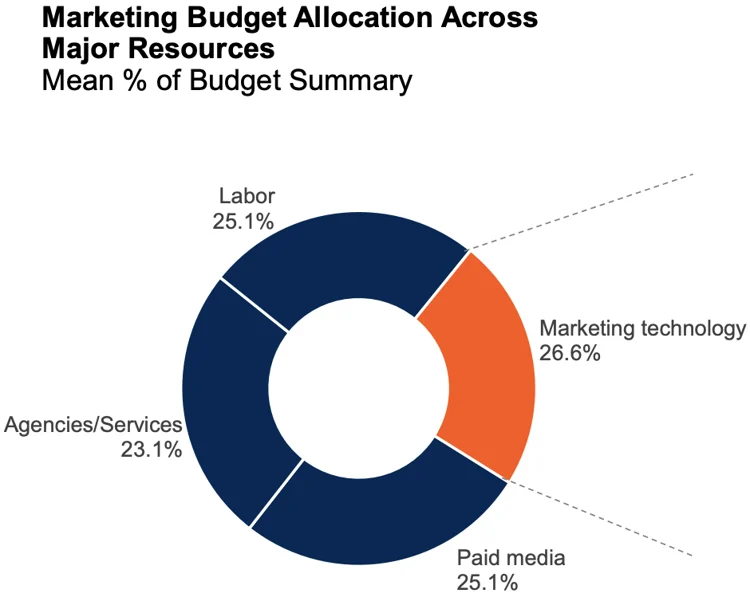
Source: LXA
Today’s digital audience no longer lingers on websites to get the answers they need. With search engines and social platforms increasingly prioritizing user retention through features like instant answers and in-app content displays, marketers face a new challenge: how to remain visible and trusted in a world where clicks to external sites are shrinking. The key is adapting to this zero-click reality, where the success of a campaign is measured not just by traffic metrics but by brand visibility, recall, and engagement within the platform itself.
- SparkToro’s research reveals that fewer than 60% of Google searches for tracked keywords result in a click-through to a website. Source
- Mozcast data shows that SERP features like “Related Questions” appear in 90% of keyword searches, providing immediate answers and reducing the reliance on external site visits. Source
- Rand Fishkin, a well-known figure in the digital marketing space, points out that the era of traditional click-driven strategies is winding down. He urges marketers to embrace awareness-building tactics and harness content marketing for its inherent brand value rather than solely for SEO gains. Source
- Amanda Natividad highlights zero-click marketing as an intentional practice in itself, emphasizing the importance of crafting campaigns that engage users directly on their platform of choice without relying on external clicks. Source
- To excel in zero-click environments, marketers are advised to invest in understanding the behaviors of their audience, focus on creating content that captures attention where it’s consumed, and use paid media strategically for retargeting. Source
Key Takeaway: Zero-Click is the New Frontier of Brand Strategy
The rise of zero-click marketing is a call to action for marketers to think beyond traditional traffic-driven goals. This shift underscores the need to embrace a more platform-native approach to engage audiences in their digital ecosystems. From Google’s SERPs to social feeds, success hinges on creating content that not only informs but captivates—building trust, loyalty, and visibility in spaces where audiences already interact. As audiences grow increasingly reluctant to leave their chosen platforms, those who adapt quickly will position their brand as a constant presence in consumers’ daily experiences.
Pro Tip:
Don’t underestimate the power of platform-specific analytics. Track metrics like impressions, engagement rates, and shares to evaluate the effectiveness of your zero-click strategy. Then, double down on formats that resonate—whether it’s carousel posts on Instagram, short-form videos on TikTok, or featured snippets on Google.
The Potential of Marketing Automation Through AI
The fusion of marketing automation and artificial intelligence (AI) is reshaping how businesses connect with their audiences, making marketing efforts more precise, efficient, and customer-focused. In an environment where delivering personalized experiences is no longer a luxury but an expectation, these technologies are empowering marketers to do more with less, from increasing productivity to driving deeper engagement. As the adoption of AI-driven automation accelerates, companies that embrace these tools are not only keeping up but staying ahead of the competition.
- 62% of marketers acknowledge the critical role of marketing automation. Source
- Businesses using marketing automation tools report a 12% boost in sales productivity. Source
- The marketing automation market is expected to hit $6.6 billion by 2025. Source
- Projections suggest the market will surpass $8 billion in value by 2025. Source
- By 2030, the global marketing automation software market is predicted to reach $17.03 billion. Source
- 70% of marketers plan to increase their marketing automation budgets in the near future. Source
- The marketing automation market is forecasted to grow at a CAGR of 12.8% from 2022 to 2030. Source
- Companies implementing marketing automation have seen a 250% uptick in purchase frequency. Source
- Currently, 64% of marketers utilize AI and automation in their campaigns. Source
- Nearly half (49%) of marketers believe these tools significantly improve personalization capabilities. Source
- Globally, 32% of marketers are leveraging AI in automation to elevate personalized emails and paid advertising efforts. Source
- As AI adoption grows, 74% of marketers predict that over a quarter of their tasks will be fully automated by next year. Source
- In 2023, the use of AI in marketing automation surged by an impressive 250%. Source
- It’s estimated that 85% of customer interactions will eventually be automated. Source
- 73% of customers believe AI and automation improve their overall experience. Source
Key Takeaway: From Efficiency to Personalization—What This Means for Marketers
The rise of marketing automation powered by AI is not merely a technological advancement—it’s a paradigm shift in how brands approach customer engagement. These tools allow businesses to streamline operations, free up human resources for higher-value tasks, and most importantly, deliver hyper-personalized experiences at scale. With consumer expectations for tailored interactions at an all-time high, failing to adopt AI-enabled automation could leave brands struggling to keep up in a competitive landscape.
Whether it’s crafting targeted email campaigns, optimizing ad spend through data-driven insights, or enhancing customer journeys with predictive analytics, the possibilities are vast. Now is the time for marketers to refine their strategies and fully leverage the integration of AI in automation to unlock unprecedented growth.
Pro Tip:
Start small but think big. Begin with automating repetitive tasks like email segmentation or lead scoring. Gradually integrate AI-powered tools for predictive personalization, and use data insights to continuously refine your campaigns. Platforms like Salesforce, Marketo, and HubSpot offer robust automation solutions to get started, while tools like ChatGPT can help create dynamic, AI-driven content that resonates with your audience.
Marketing Automation: Social Media, Email, and Omnichannel Strategies
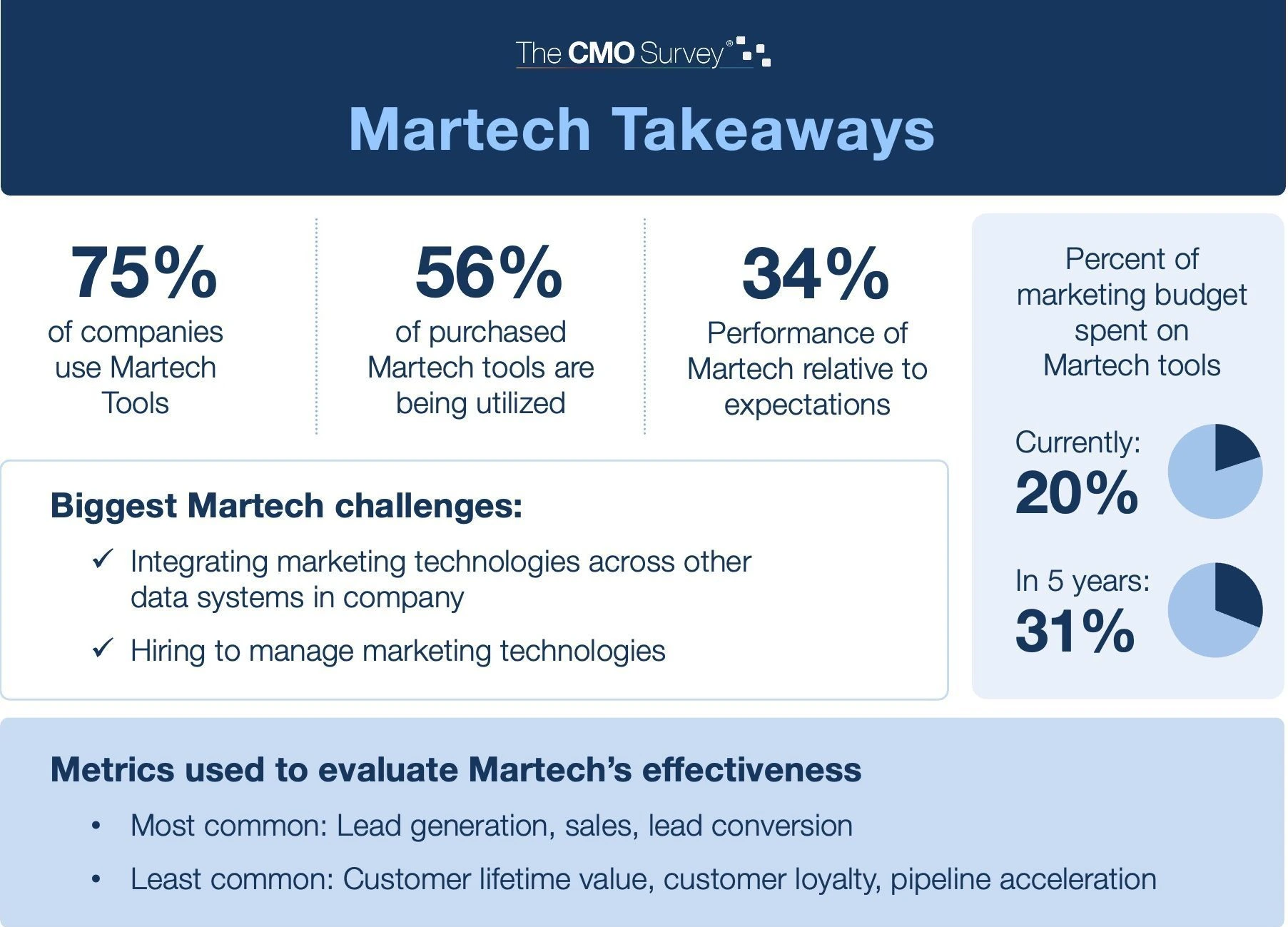
Source: The CMO Survey
In a landscape where efficiency and personalization dictate success, marketing automation has become an indispensable tool for businesses striving to stay competitive. From streamlining social media efforts to crafting seamless omnichannel experiences, automation enables marketers to do more with less while creating tailored experiences that resonate with their audiences. Let’s explore how marketing automation is transforming key areas like social media, email marketing, and customer journey management—and the data that proves its impact.
- Social media post scheduling continues to dominate, with 88% of marketers using automation tools for this purpose in 2023. Source
- 47% of marketers now rely on automation for broader social media management beyond scheduling. Source
- When it comes to email marketing, 31% of campaigns are fully automated, showcasing the reliance on technology to deliver timely and targeted communication. Source
- Implementing email automation increases lead generation by 20%, proving the value of automated email workflows. Source
- 63% of companies outperform competitors by strategically leveraging marketing automation. Source
- Automation leads to an 80% boost in lead generation for businesses that adopt these tools. Source
- Companies that focus on lead nurturing through automation see 47% higher sales from nurtured leads compared to non-nurtured ones. Source
- Omnichannel automation delivers a unified customer journey, integrating platforms like email, SMS, social media, and websites. Source
- Customers interact with brands through multiple channels, such as paid ads, social platforms, and web content, making a cohesive omnichannel experience critical for maintaining engagement. Source
- Omnichannel marketing strategies, powered by automation, ensure a seamless experience across all funnel stages, from brand discovery to conversion. Source
- Leading brands are implementing full-funnel automation, ensuring every customer touchpoint, from the first interaction to the purchase, is optimized for engagement. Source
- By 2025, 30% of outbound messages from industry leaders will be automation-driven, highlighting the growing dependence on these tools. Source
Key Takeaway: The Future Is Personalized and Connected
The data is clear: marketing automation isn’t just a tool for efficiency; it’s a driver of personalized, scalable, and meaningful customer engagement. As consumers demand relevance and immediacy, automation bridges the gap between expectation and execution, enabling marketers to meet their audiences where they are—whether that’s on social media, in their inbox, or across a multichannel ecosystem. The shift toward omnichannel, customer-first strategies powered by automation will continue to define the future of marketing success.
Pro Tip:
Don’t overlook the power of integration. Combine tools like social media scheduling platforms, email automation software, and customer data platforms to create a unified system that delivers consistency across every channel. Additionally, revisit your customer personas frequently to ensure your automation strategies remain aligned with evolving audience needs and behaviors.
The Strategic Edge of Personalized Content and Automated Email Drip Campaigns
As privacy regulations intensify and third-party cookies fade into obscurity, brands are doubling down on first-party data to deliver highly tailored marketing experiences. Gone are the days when including a recipient’s first name in an email was enough—today, personalization means crafting dynamic, behavior-driven content that feels uniquely relevant to the individual. Automated email drip campaigns have emerged as a crucial tactic in this shift, enabling marketers to engage prospects at exactly the right moment with messages that address their specific needs.
- Personalized content now relies on AI and machine learning to analyze user behaviors, such as browsing habits or purchase history, and create hyper-relevant customer profiles. Source
- With the gradual elimination of third-party cookies, businesses are adopting first-party data strategies, including social listening and interactive on-site tools, to enhance their personalization capabilities. Source
- Marketing automation tools make email drip campaigns a top choice for companies, allowing them to send pre-scheduled, targeted messages that are triggered by user actions. Source
- Drip campaigns are particularly effective for keeping brands relevant to potential customers as they progress through the middle of the sales funnel, building trust and familiarity over time. Source
- These campaigns can be tailored to respond to specific triggers, such as a user signing up for a newsletter or abandoning their shopping cart, ensuring follow-up emails are both timely and purposeful. Source
Key Takeaway: Personalization Drives Connection, and Connection Drives Results
In a world where consumers expect individualized experiences, personalized content and email drip campaigns have become indispensable for marketers. Beyond merely keeping your brand visible, these strategies allow you to deliver thoughtful interactions that address your audience’s distinct preferences and challenges. The growing reliance on first-party data and automation ensures that personalization not only survives the cookie-less future but thrives in it.
Pro Tip:
To maximize the impact of your email drip campaigns, continuously monitor key performance metrics such as open rates, click-through rates, and conversions. Use these insights to refine your messaging, A/B test subject lines, and ensure your timing aligns with your audience’s needs and behaviors. With the right adjustments, your campaigns will stay fresh and effective.
For businesses looking to scale their email marketing efforts without overburdening internal resources, outsourcing email marketing can be a game-changer. By partnering with specialized teams, companies can ensure their campaigns are expertly crafted and optimized, while focusing on core strategic objectives.
Game-Changing AI Tools for Smarter Content and Social Media Strategies
In the fast-paced world of digital marketing, efficiency and innovation are essential for staying competitive. Today, AI-powered tools are not just a luxury but a necessity for marketers aiming to streamline content creation, supercharge their SEO tactics, and enhance social media engagement. By leveraging AI’s capabilities, businesses can deliver more impactful messaging, reduce manual workload, and stay ahead of shifting consumer expectations. Let’s dive into some leading AI tools that are reshaping how marketers work smarter, not harder.
- ChatGPT: A versatile tool for brainstorming ideas, ChatGPT helps marketers generate outlines, lists, and starter content for everything from email newsletters to social media campaigns and blog posts. Source
- Jasper: Jasper stands out for team collaboration by integrating a brand’s unique voice into AI-generated content, ensuring writing feels human, on-brand, and factual. Source
- Copy.ai: This tool makes creating blog briefs, ad copy, and more seamless by scraping URLs and generating writing prompts, vastly reducing turnaround time on writing tasks. Source
- Typeframes: Revolutionize your video production process with this tool, which enables marketers to create professional-quality videos with music, animations, and visuals in minutes. Source
- Midjourney: Ideal for graphic creation, Midjourney generates cinematic-style images in seconds, allowing marketers to save on stock photos and empower design teams to create unique visuals instantly. Source
- Grammarly: Beyond grammar corrections, Grammarly uses AI to suggest rewording for clarity and improved readability, making it a must-have for polishing content efficiently. Source
- Frase: A one-stop shop for SEO content, Frase combines keyword research, outlining, writing, and optimization, streamlining the entire content creation process. Source
- FeedHive: This AI-driven platform simplifies social media posting by offering performance insights, suggested posting times, and analytics-based recommendations to maximize engagement. Source
- Hootsuite (OwlyWriter AI): This feature simplifies bulk content creation by generating captions and post ideas tailored to different accounts, ideal for brands managing multiple social platforms. Source
- Lately.ai: Transform underutilized content like articles and PDFs into ready-to-go social media posts, ensuring nothing goes to waste while delivering more value with minimal effort. Source
Key Takeaway: Harnessing AI to Drive ROI
AI isn’t just about automation; it’s about enhancing creativity, efficiency, and strategy all at once. From transforming raw ideas into polished content to optimizing social media strategies with data-backed insights, AI tools are empowering marketers to achieve more with fewer resources. Integrating these tools into your workflow isn’t just an advantage—it’s fast becoming essential to staying competitive in a landscape where agility and personalization rule.
Pro Tip:
Test multiple AI tools to find the suite that aligns best with your team’s unique needs. Combining tools like Jasper for content creation, Frase for SEO, and Hootsuite for social media management can help you build an integrated approach that maximizes both creativity and impact.
Leveraging AI to Streamline Marketing Operations
In the ever-evolving world of marketing, staying competitive requires more than just creativity—it demands efficiency, precision, and adaptability. AI tools have emerged as game-changers for marketing teams, enabling them to work smarter, not harder. From content ideation to audience segmentation, integrating the right AI tools can unlock new possibilities and allow marketing professionals to focus on strategy, innovation, and big-picture thinking while leaving repetitive tasks to automation.
- Effective marketing AI tools can save resources and increase productivity, enabling better campaigns and strategies. Source
- When selecting AI tools, start by identifying workflow bottlenecks and repetitive tasks that consume creative contributors’ time, then seek out AI solutions that address these specific challenges. Source
- AI writing tools and search engines can spark new ideas for marketing content and campaigns, providing a starting point for creative brainstorming. Source
- AI platforms can identify previously untapped audience segments and facilitate reaching new markets by automating processes and repurposing content for different platforms. Source
- AI-powered tools can identify and correct errors before clients see them, with tools like Grammarly automatically correcting grammar, spelling, and phrasing. Source
Key Takeaway: Redefining Marketing Through Smart AI Integration
AI is no longer a futuristic concept—it’s a current necessity. For marketing teams, the ability to blend human creativity with machine-driven efficiency can be a game-changer. By addressing workflow bottlenecks and leveraging AI for ideation, automation, and quality control, agencies can deepen their focus on innovation and strategy. To truly harness the transformative power of AI, teams need to approach implementation thoughtfully, selecting tools that align with their unique goals and scaling their efforts gradually to boost both productivity and ROI.
Pro Tip:
Start small but think big! Experiment with AI tools for a specific task—such as automating content updates or refining ad copy—and track measurable results. Gradually expand AI’s role in your operations, and don’t hesitate to use multiple tools in tandem to create a seamless, highly efficient workflow tailored to your agency’s needs.
Elevating Marketing Productivity with Standard Operating Procedures (SOPs)
In an era where precision and speed can make or break marketing campaigns, Standard Operating Procedures (SOPs) have become essential for scaling success. SOPs not only eliminate guesswork but also empower teams to execute strategies with consistent quality and efficiency. From digital marketing agencies to e-commerce giants, these structured workflows are reshaping how teams approach everything from campaign execution to performance tracking.
- Many marketers are using SOPs to avoid reinventing the wheel and enhance the effectiveness of daily tasks across organic and paid digital channels. Source
- Smart Insights RACE premium templates support 70 Standard Operating Procedures for Digital Marketing, covering both strategic and tactical channel activities to drive improvement. Source
- SOPs are particularly effective for e-commerce businesses due to the numerous repeatable processes in online retail, and their importance is growing in the UK and Europe. Source
Key Takeaway: Boosting Team Alignment and Campaign Results with SOPs
The true power of SOPs lies in their ability to bring structure to chaos, helping teams stay agile while ensuring accountability. With marketing landscapes becoming more complex—think multi-channel campaigns, AI adoption, and evolving consumer expectations—having clear, documented procedures can prevent bottlenecks and costly errors. For e-commerce and beyond, SOPs offer a scalable way to standardize success while freeing up creative bandwidth to focus on innovation.
Pro Tip:
Don’t just create SOPs—make them dynamic. Regularly update procedures to match new tools, platforms, or market trends, and integrate them into your team’s project management tools like Asana or Trello for seamless execution. Tools like these will ensure your SOPs remain actionable and aligned with evolving business goals.
The Rise of Composable Martech: Unlocking Agility in Marketing Technology
As marketing strategies grow more complex, the need for adaptable and scalable technology systems has never been greater. Composable martech is revolutionizing the industry by shifting away from rigid, one-size-fits-all platforms and enabling teams to build flexible systems from individual, highly specialized components. This trend aligns with the growing demand for systems that prioritize usability, seamless integration, and measurable ROI.
- Despite a shift away from traditional CRM platforms toward data-focused solutions like CDPs and data warehouses, many organizations struggle with integrating these diverse platforms. Source
- Many marketers rely on external modules for core functions rather than their primary platforms, citing reasons like efficiency, advanced functionality, and ease of use. Source
- Martech budgets have hit a low point, with larger businesses dedicating just 23.8% of their 2024 marketing budgets to technology—the smallest proportion since 2018. Source
Key Takeaway: Agility and Integration Are the Future
As martech budgets tighten and technology demands grow, the value of composable systems will continue to rise. By adopting modular, interoperable solutions, organizations can reduce inefficiencies, match the unique needs of their teams, and avoid locking themselves into monolithic systems that can’t evolve with their strategy. The success of composability hinges on choosing tools that integrate seamlessly and deliver measurable impact—ensuring you’re not just spending on technology, but investing in agility and scalability.
Pro Tip:
When building a composable martech stack, prioritize tools with open APIs and robust integration capabilities. This ensures your ecosystem can adapt as your business grows while simplifying data flow between platforms. Tools like Zapier, Tray.io, and Mulesoft can help bridge gaps between otherwise siloed systems for maximum efficiency.
Conclusion
As marketing technology continues to evolve, the trends shaping martech in 2025 point towards a future of enhanced efficiency, customer-centric strategies, and data-driven innovation. From the rise of AI-powered tools and marketing automation to the importance of structured testing and the growing focus on zero-click marketing, businesses have an unprecedented opportunity to refine their operations and better connect with their audiences.
However, success in this rapidly changing landscape depends on the ability to adapt. Embracing martech composability, streamlining workflows with SOPs, and leveraging personalization strategies are not just optional—they are vital for staying competitive. Businesses that invest wisely in flexible and scalable systems, while aligning their technology choices with clear ROI objectives, will be well-positioned to lead the way in 2025 and beyond.
Are you ready to navigate these transformative trends and take your marketing strategy to the next level? If you’re ready to supercharge your business, don’t hesitate to get in touch with our full-service marketing pros for a free quote. Let’s shape the future of your marketing together!
About The Future of Martech: How Trends & Technology is Reshaping Marketing Operations in 2025
This guide was written by the Scopic Studios team and reviewed by Araksya Hakobjanyan, SEO Lead at Scopic Studios.
Scopic Studios delivers exceptional and engaging content rooted in our expertise across marketing and creative services. Our team of talented writers and digital experts excel in transforming intricate concepts into captivating narratives tailored for diverse industries. We’re passionate about crafting content that not only resonates but also drives value across all digital platforms.
Note: This blog’s images are sourced from Freepik.

